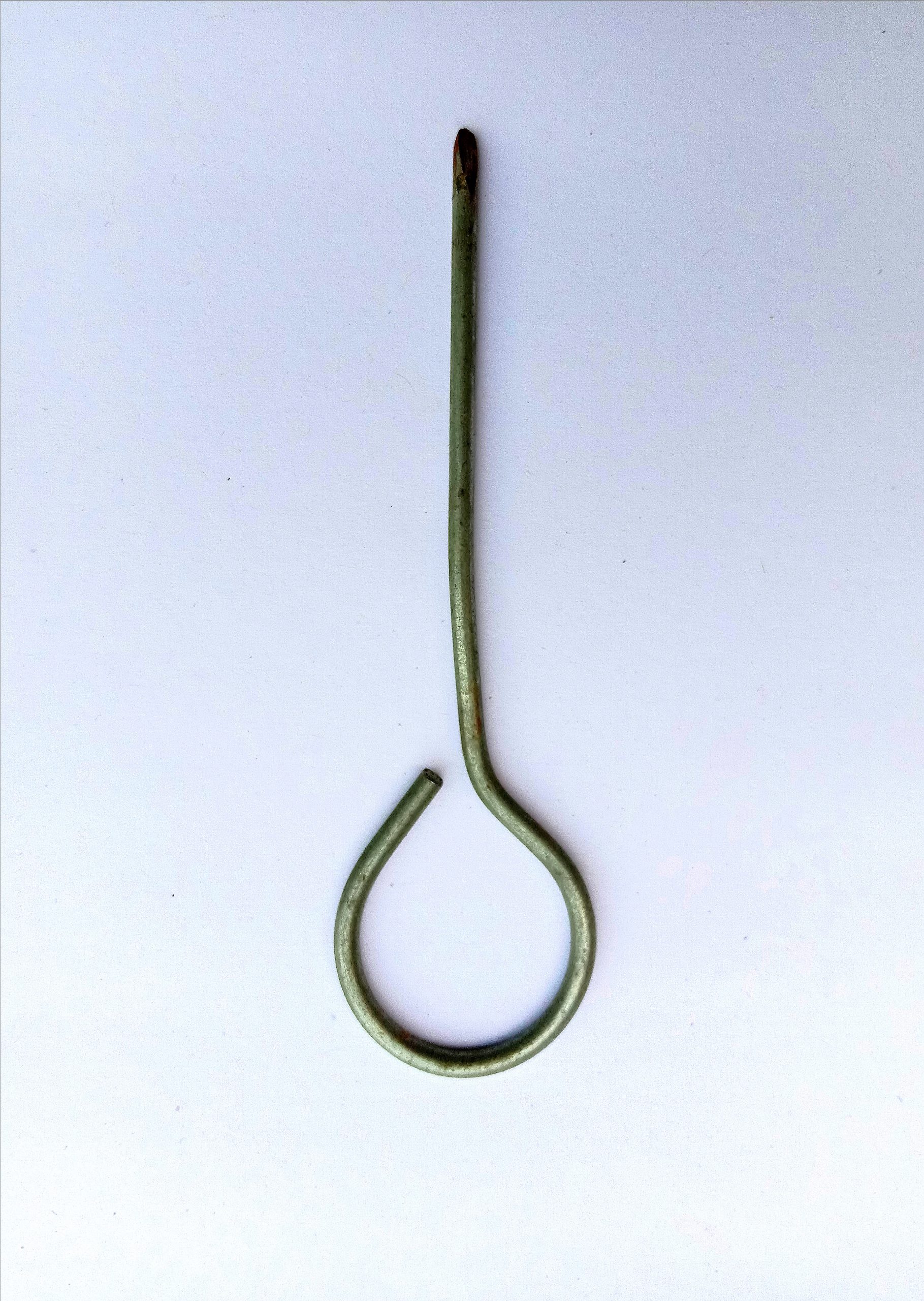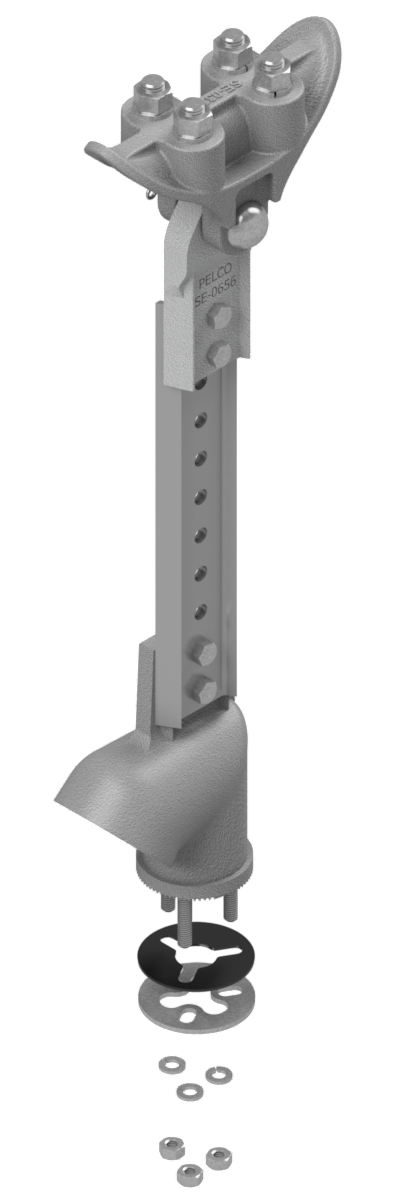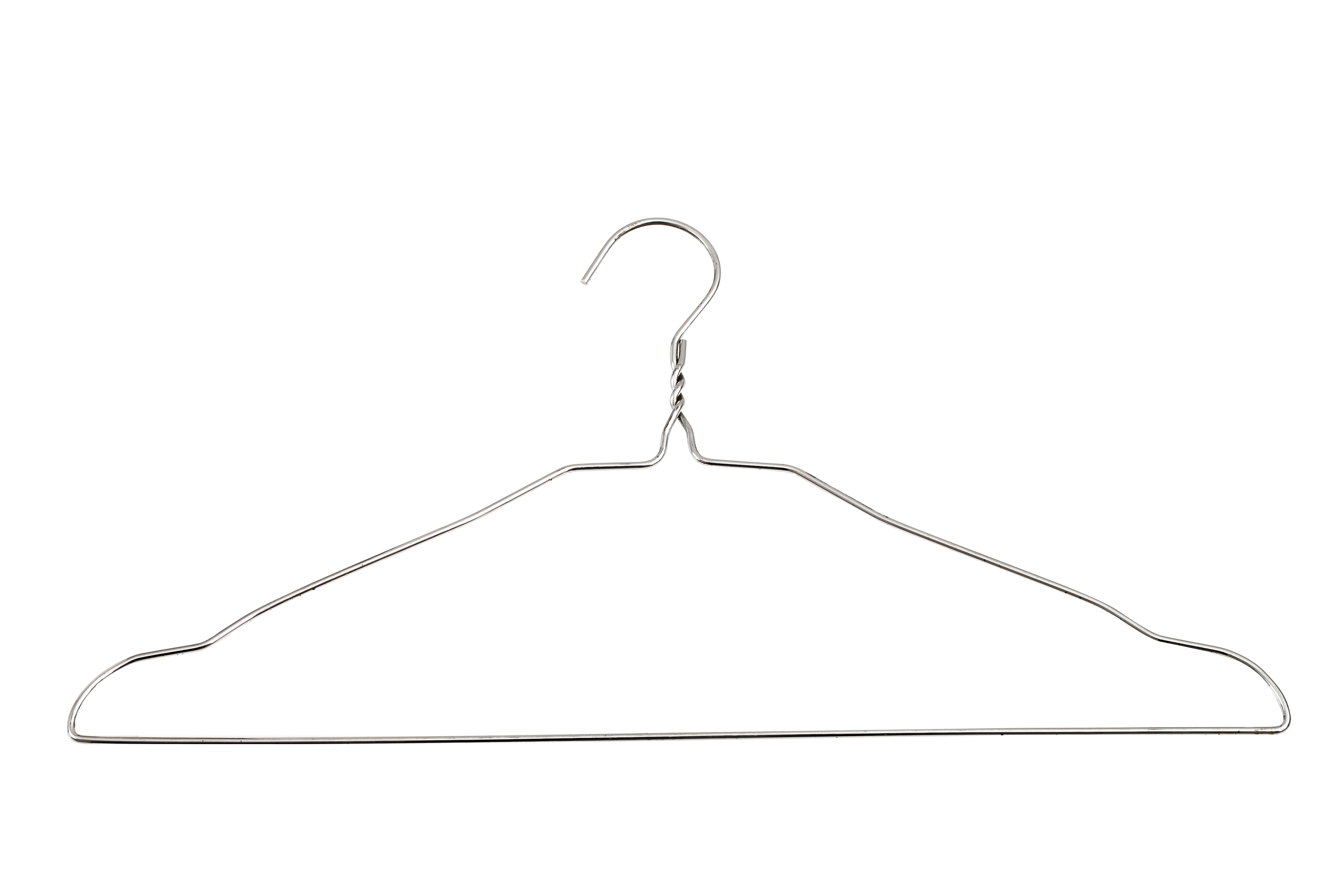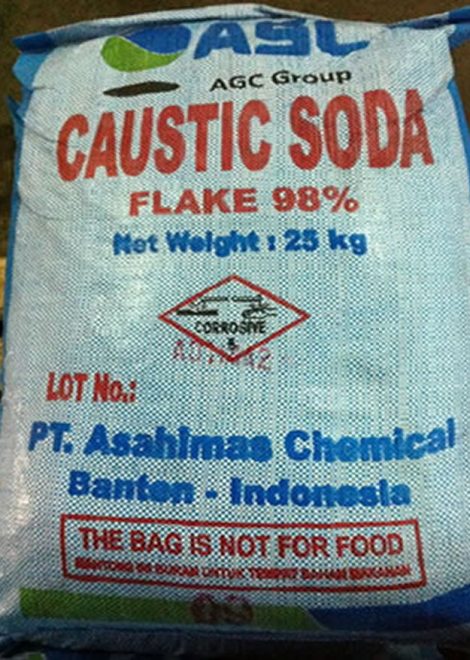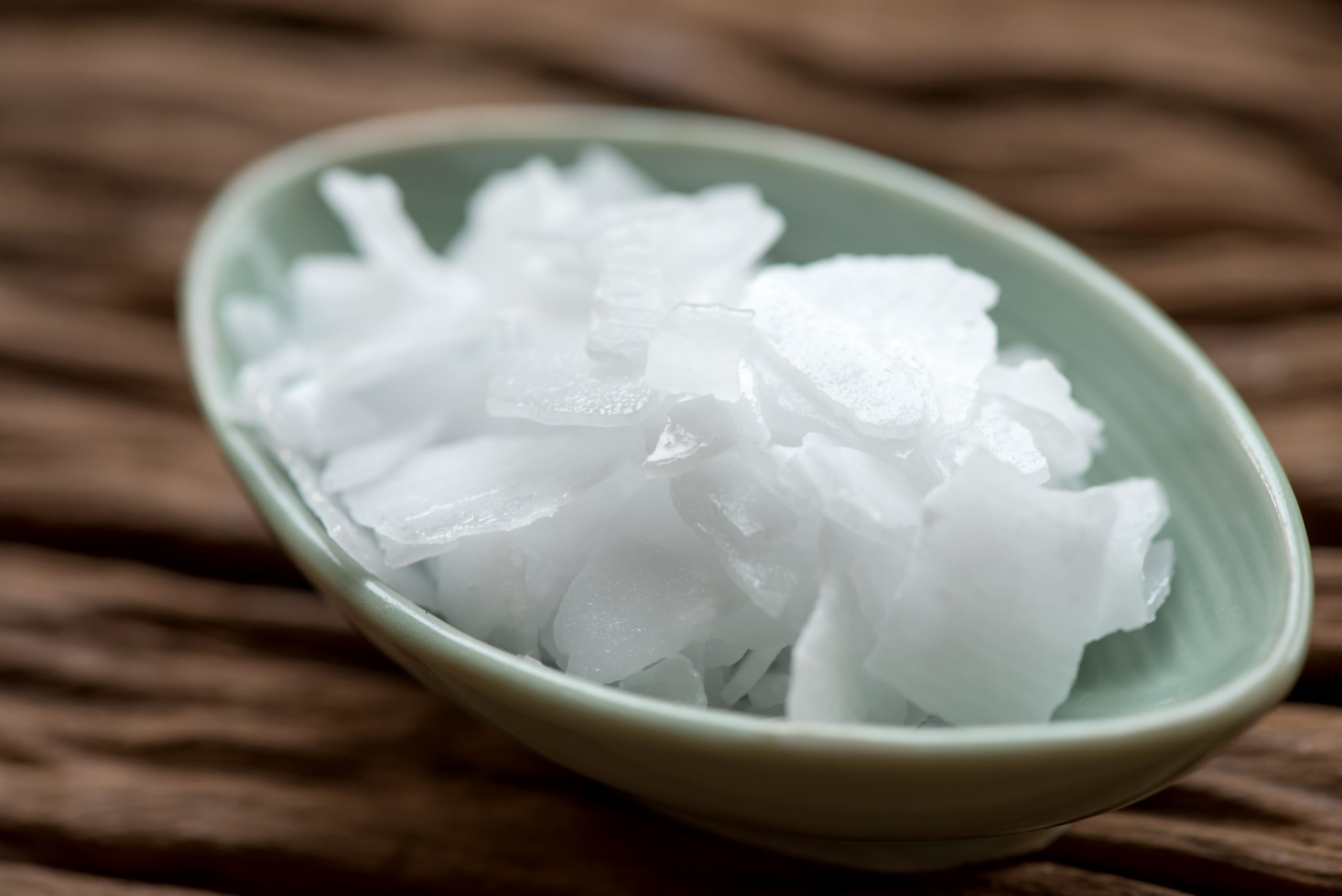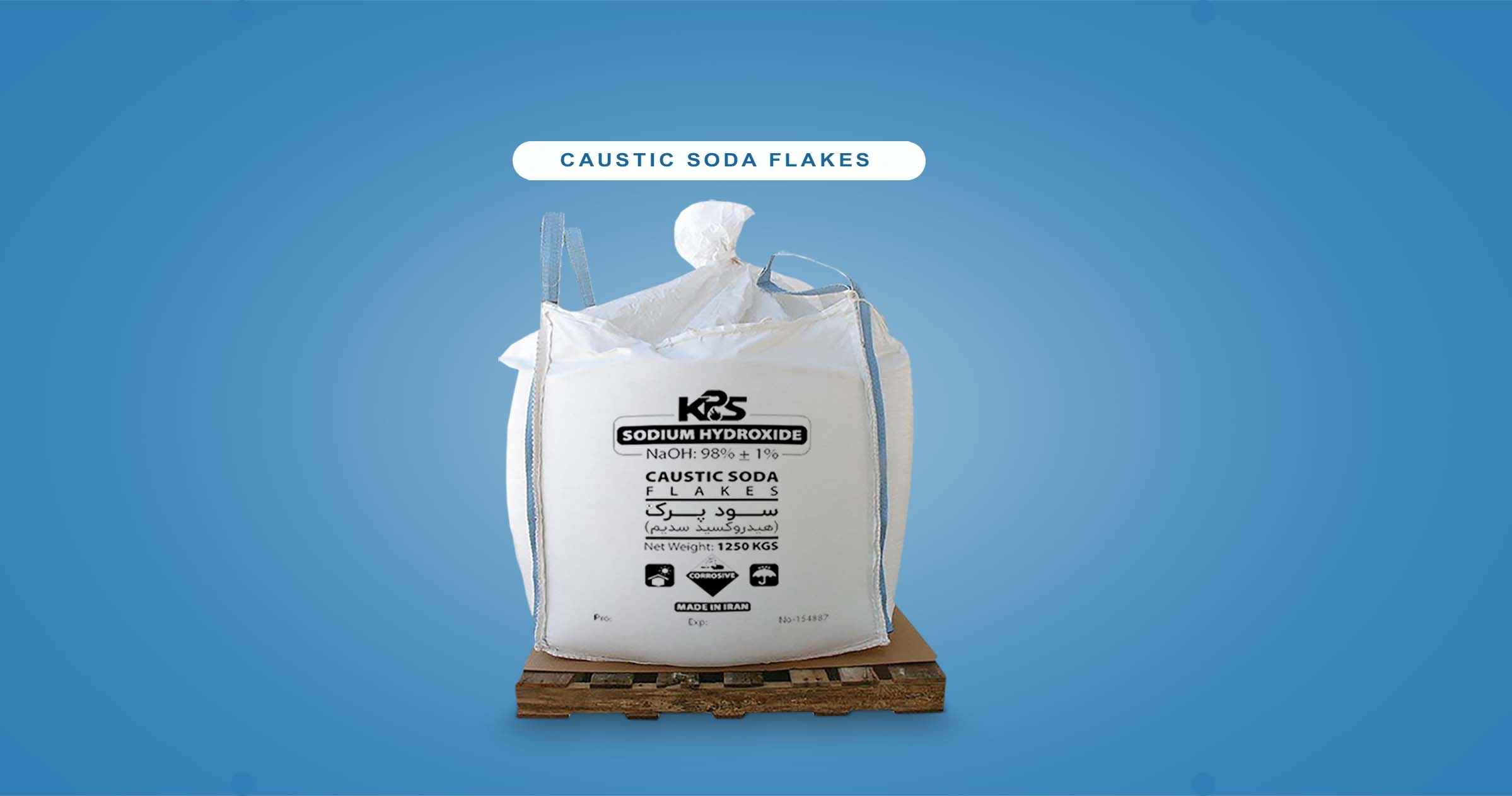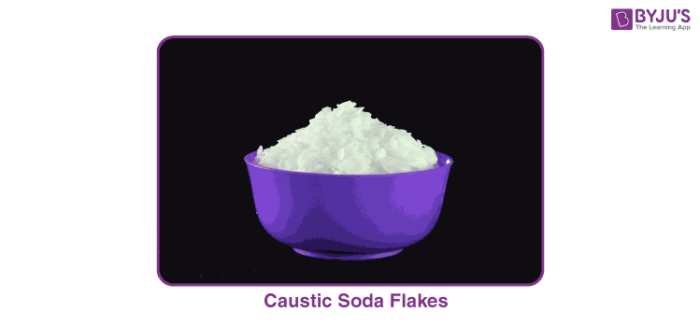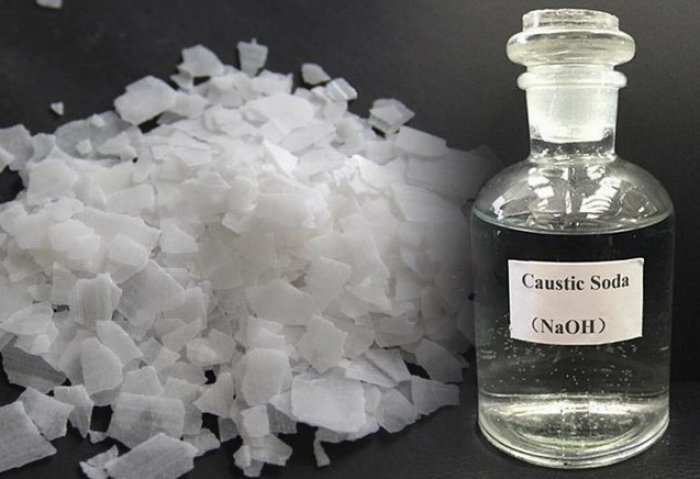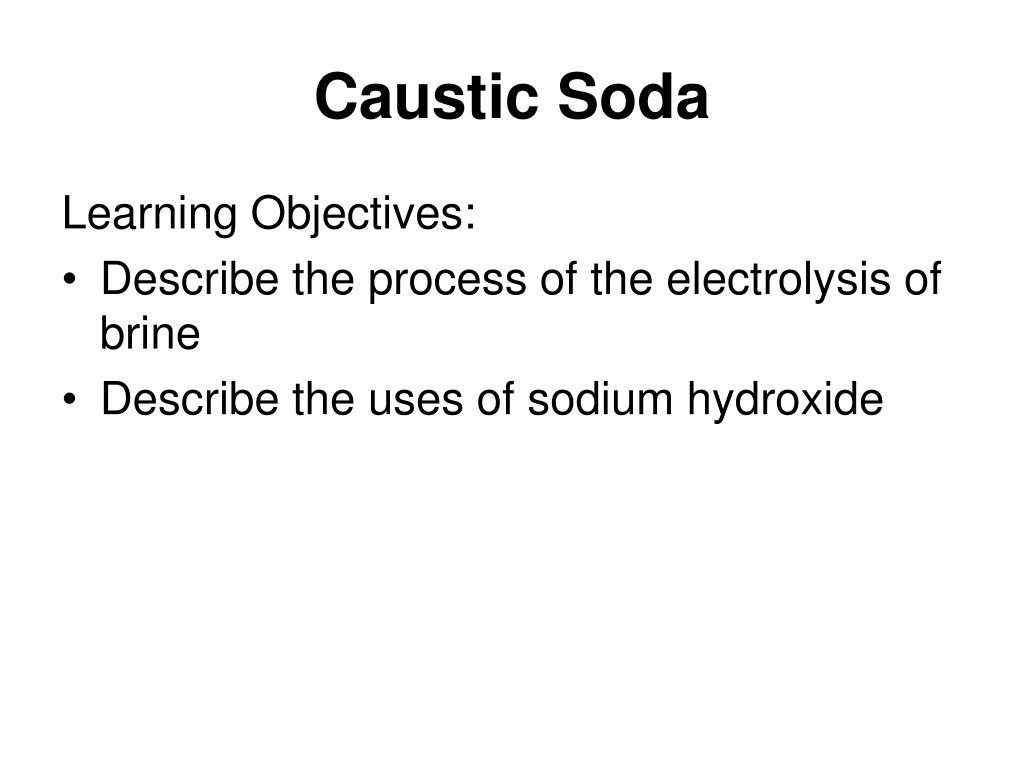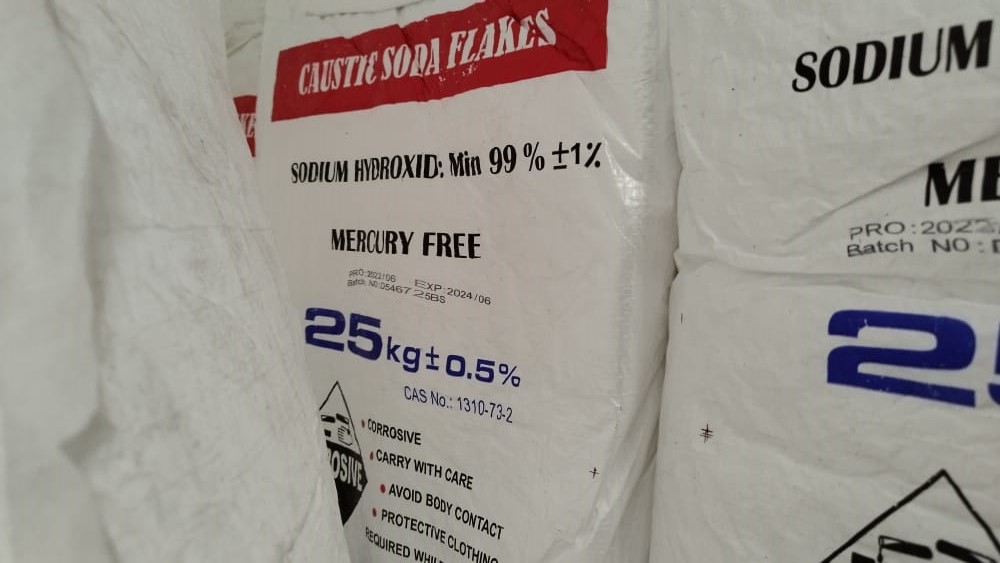If your kitchen sink is clogged, the first thing you should try is using a plunger. This simple tool is a staple in every household and can often do the trick when it comes to unclogging drains. To use a plunger, fill the sink with enough water to cover the rubber part of the plunger and then place it over the drain. Push up and down vigorously to create suction and hopefully dislodge the clog. If this doesn't work, try one of the other methods on our list.1. Plunger
If a plunger just isn't cutting it, you may need to bring out the big guns - a drain snake. This long, flexible tool is designed to reach deep into your drain and break up any clogs. Simply insert the end of the snake into the drain and turn the handle to maneuver it through the pipes. Once you feel resistance, twist and push the snake to break up the clog. You can also use a drain snake in combination with other methods, such as pouring hot water or a cleaning solution down the drain.2. Drain Snake
Baking soda and vinegar are two common household items that can be combined to create a powerful cleaning solution. To use this method, pour half a cup of baking soda down the drain, followed by half a cup of vinegar. The combination of these two ingredients will create a chemical reaction that can help break up clogs and clear your drain. Let the solution sit for about 15 minutes before flushing it down with hot water.3. Baking Soda and Vinegar
You may be surprised to learn that sometimes, all you need to unclog a kitchen sink is a pot of boiling water. This method is particularly effective if the clog is caused by grease or oil buildup. Simply boil a pot of water and carefully pour it down the drain. The hot water will help to melt and break up any grease or oil, allowing it to flow down the drain more easily.4. Boiling Water
If a regular drain snake isn't doing the trick, you may need to upgrade to a plumber's snake. This heavy-duty tool is used by professional plumbers and is designed to handle tough clogs and blockages. It works in a similar way to a regular drain snake but has a longer and thicker cable that can reach further into your pipes. Keep in mind that plumber's snakes can be more expensive than regular drain snakes, but they are a valuable tool to have on hand for stubborn clogs.5. Plumber's Snake
If you have a wet/dry vacuum, you can also use it to unclog your kitchen sink. Simply set the vacuum to wet mode and cover the vent with a cloth or towel to create suction. Place the end of the hose over the drain and turn the vacuum on. The suction should be strong enough to pull out any debris or clogs that may be causing the blockage.6. Wet/Dry Vacuum
Another simple yet effective method for unclogging a kitchen sink is using dish soap and hot water. This combination works particularly well for clogs caused by grease and food particles. Start by pouring a generous amount of dish soap down the drain, followed by a pot of boiling water. The soap will help to break down the grease and the hot water will flush it out of the drain.7. Dish Soap and Hot Water
If you're dealing with a stubborn clog, you may want to try an enzyme drain cleaner. This type of cleaner uses natural enzymes to break down organic material in your pipes, making it a safe and environmentally friendly option. Simply pour the recommended amount of cleaner down the drain and let it sit for the specified time. Then, flush it out with hot water and see if the clog has been cleared.8. Enzyme Drain Cleaner
If you don't have any specialized tools on hand, a wire hanger can be a handy alternative for unclogging a kitchen sink. Straighten out the hanger and bend one end into a hook shape. Insert the hook into the drain and use it to pull out any debris or clogs that may be stuck. You may need to repeat this process a few times to completely clear the drain.9. Wire Hanger
If all else fails, you can try using caustic soda to unclog your kitchen sink. This is a strong chemical that should be handled with care, so make sure to follow the instructions carefully. Wear gloves and protective eyewear and pour the recommended amount of caustic soda down the drain. Let it sit for about 20 minutes before flushing it out with hot water. This method should only be used as a last resort, as caustic soda can be harmful to both your pipes and your skin.10. Caustic Soda
Why a Clogged Kitchen Sink is a Common Problem

The Importance of Proper Drain Maintenance
 When it comes to the functionality and design of a kitchen, the sink plays a crucial role. It is a central fixture that is used daily for cooking, cleaning, and food preparation. Unfortunately, this means that it is prone to clogging, often caused by food particles, grease, and other debris.
Clogged kitchen sinks are a common problem that many homeowners face, and if not addressed properly, it can lead to bigger issues and costly repairs.
Therefore, it is essential to understand the importance of proper drain maintenance to prevent clogs and keep your kitchen sink functioning properly.
When it comes to the functionality and design of a kitchen, the sink plays a crucial role. It is a central fixture that is used daily for cooking, cleaning, and food preparation. Unfortunately, this means that it is prone to clogging, often caused by food particles, grease, and other debris.
Clogged kitchen sinks are a common problem that many homeowners face, and if not addressed properly, it can lead to bigger issues and costly repairs.
Therefore, it is essential to understand the importance of proper drain maintenance to prevent clogs and keep your kitchen sink functioning properly.
The Consequences of Ignoring a Clogged Kitchen Sink
 Ignoring a clogged kitchen sink can lead to various consequences that can greatly affect the functionality and design of your kitchen.
First and foremost, it can result in slow drainage, making it difficult to wash dishes or even use the sink at all.
This can be frustrating and time-consuming, especially if you have a busy household. Moreover, standing water in the sink can create a breeding ground for bacteria and mold, which can pose health risks to you and your family.
Ignoring a clogged kitchen sink can also put a strain on your plumbing system, causing backups and potential leaks.
These issues can lead to costly repairs and even damage to your kitchen cabinets and floors.
Ignoring a clogged kitchen sink can lead to various consequences that can greatly affect the functionality and design of your kitchen.
First and foremost, it can result in slow drainage, making it difficult to wash dishes or even use the sink at all.
This can be frustrating and time-consuming, especially if you have a busy household. Moreover, standing water in the sink can create a breeding ground for bacteria and mold, which can pose health risks to you and your family.
Ignoring a clogged kitchen sink can also put a strain on your plumbing system, causing backups and potential leaks.
These issues can lead to costly repairs and even damage to your kitchen cabinets and floors.
The Solution: Proper Drain Maintenance
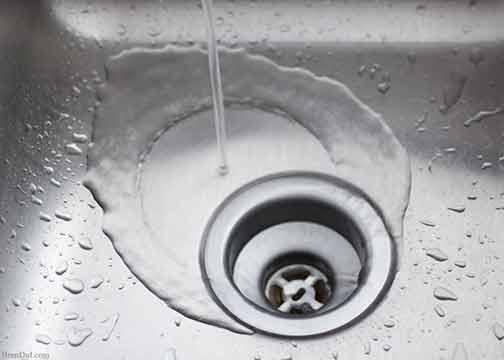 The key to preventing a clogged kitchen sink is proper drain maintenance. This includes regularly cleaning your sink and drain, avoiding pouring grease and food scraps down the drain, and using a drain strainer to catch any debris.
Regularly using a mixture of hot water and baking soda or vinegar can also help break down any buildup in your pipes and prevent clogs.
If you notice your sink draining slowly or starting to clog,
it is essential to address the issue immediately before it becomes a more significant problem.
This can be done by using a plunger or a plumbing snake to clear the blockage or by calling a professional plumber for assistance.
In conclusion, dealing with a clogged kitchen sink can be a frustrating and inconvenient problem.
By understanding the importance of proper drain maintenance and promptly addressing any clogs, you can keep your kitchen sink functioning properly and avoid costly repairs.
Remember to regularly clean your sink and drain, avoid pouring grease and food scraps down the drain, and seek professional help if needed. With these tips, you can keep your kitchen sink clog-free and enjoy a functional and well-designed kitchen.
The key to preventing a clogged kitchen sink is proper drain maintenance. This includes regularly cleaning your sink and drain, avoiding pouring grease and food scraps down the drain, and using a drain strainer to catch any debris.
Regularly using a mixture of hot water and baking soda or vinegar can also help break down any buildup in your pipes and prevent clogs.
If you notice your sink draining slowly or starting to clog,
it is essential to address the issue immediately before it becomes a more significant problem.
This can be done by using a plunger or a plumbing snake to clear the blockage or by calling a professional plumber for assistance.
In conclusion, dealing with a clogged kitchen sink can be a frustrating and inconvenient problem.
By understanding the importance of proper drain maintenance and promptly addressing any clogs, you can keep your kitchen sink functioning properly and avoid costly repairs.
Remember to regularly clean your sink and drain, avoid pouring grease and food scraps down the drain, and seek professional help if needed. With these tips, you can keep your kitchen sink clog-free and enjoy a functional and well-designed kitchen.
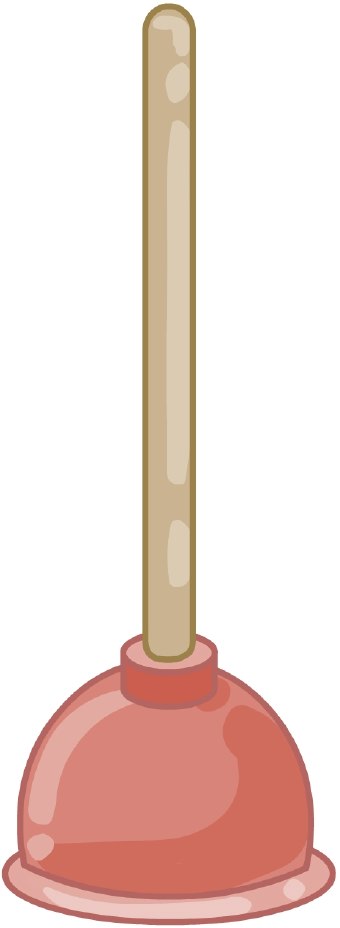
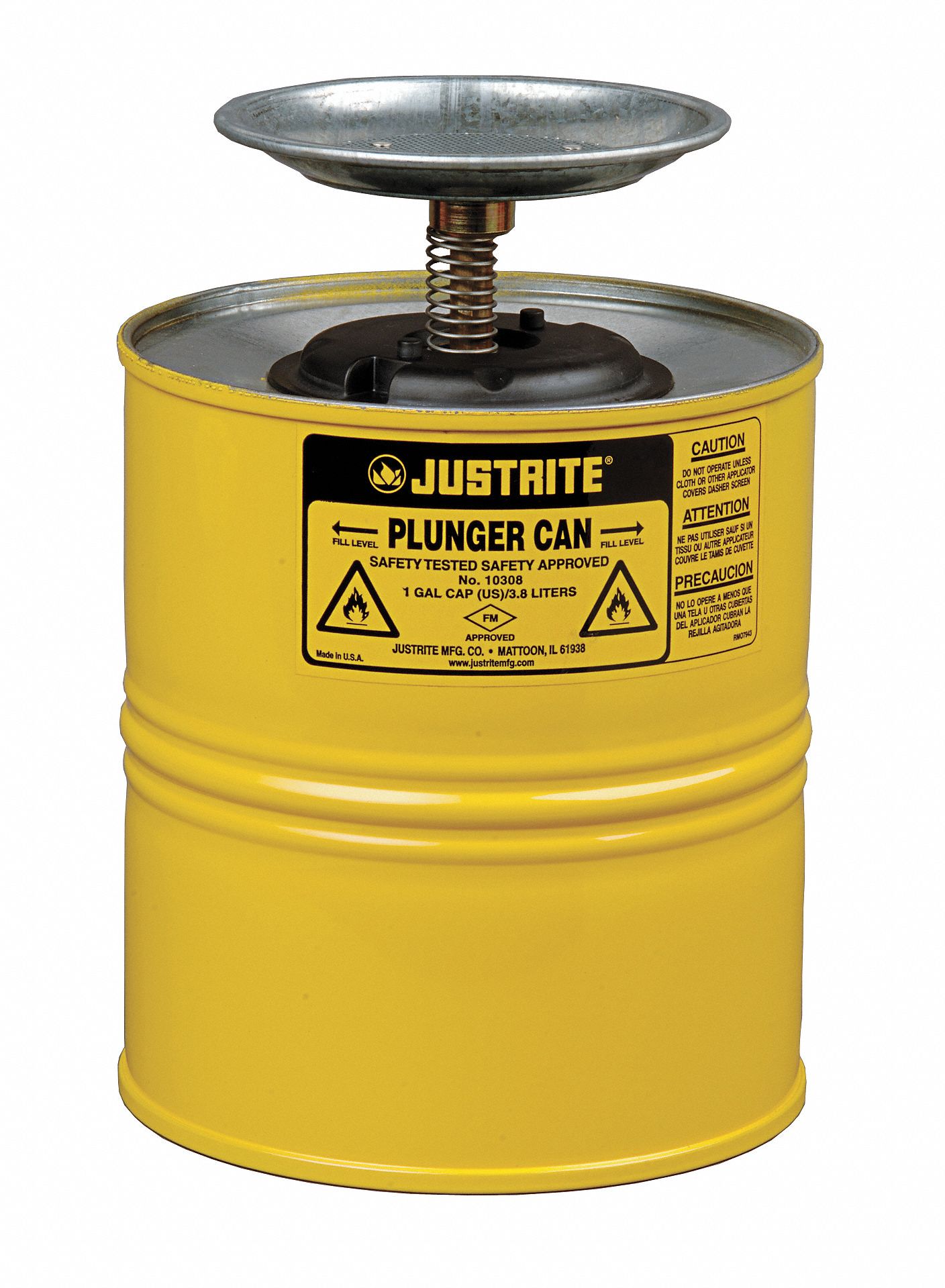

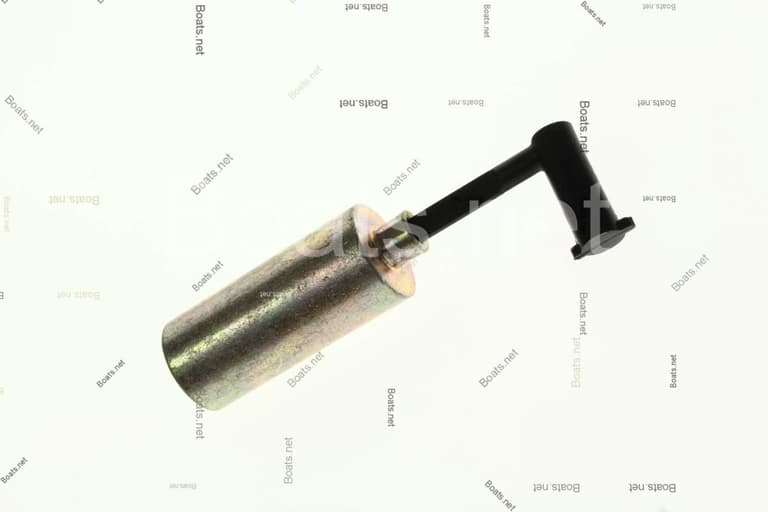
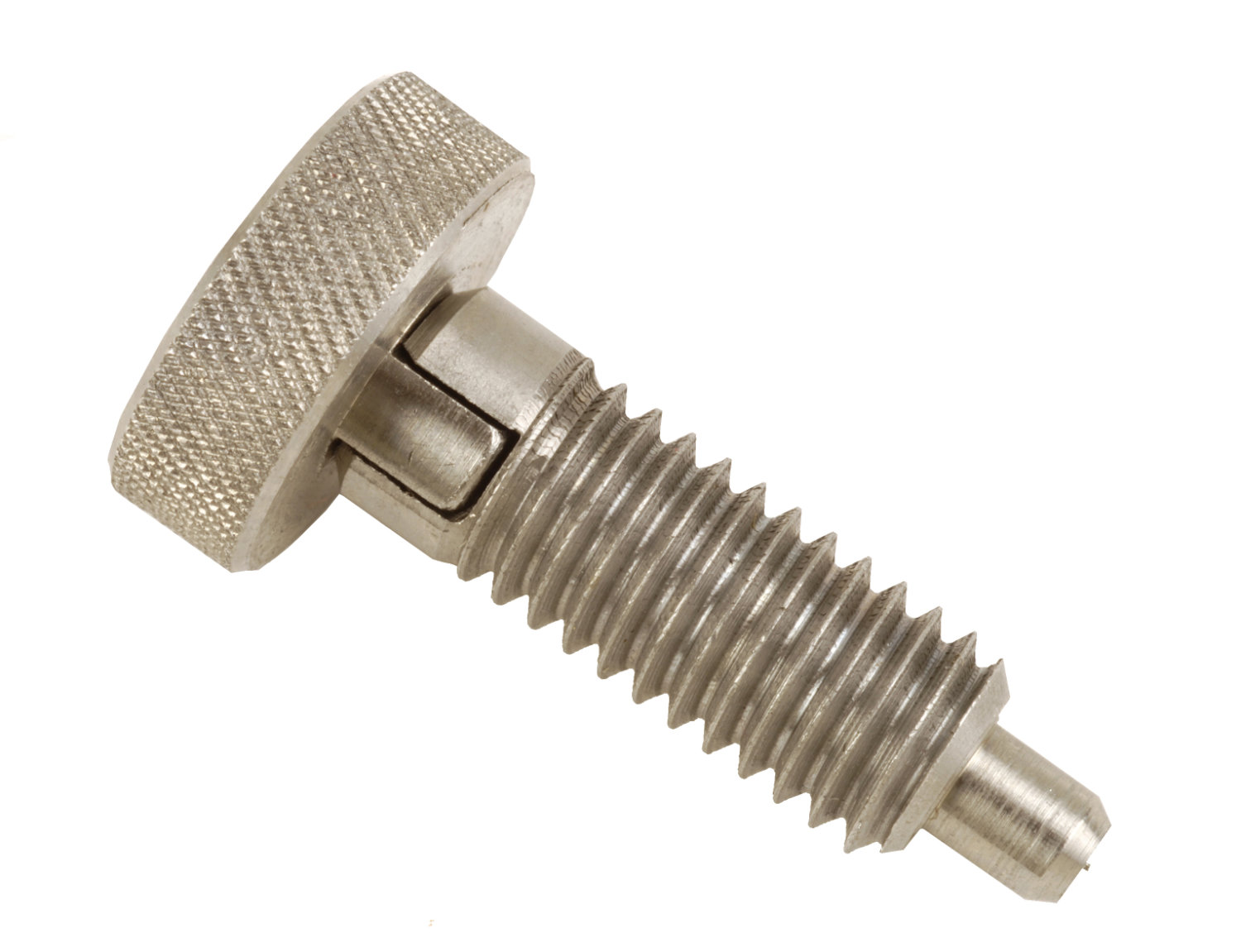

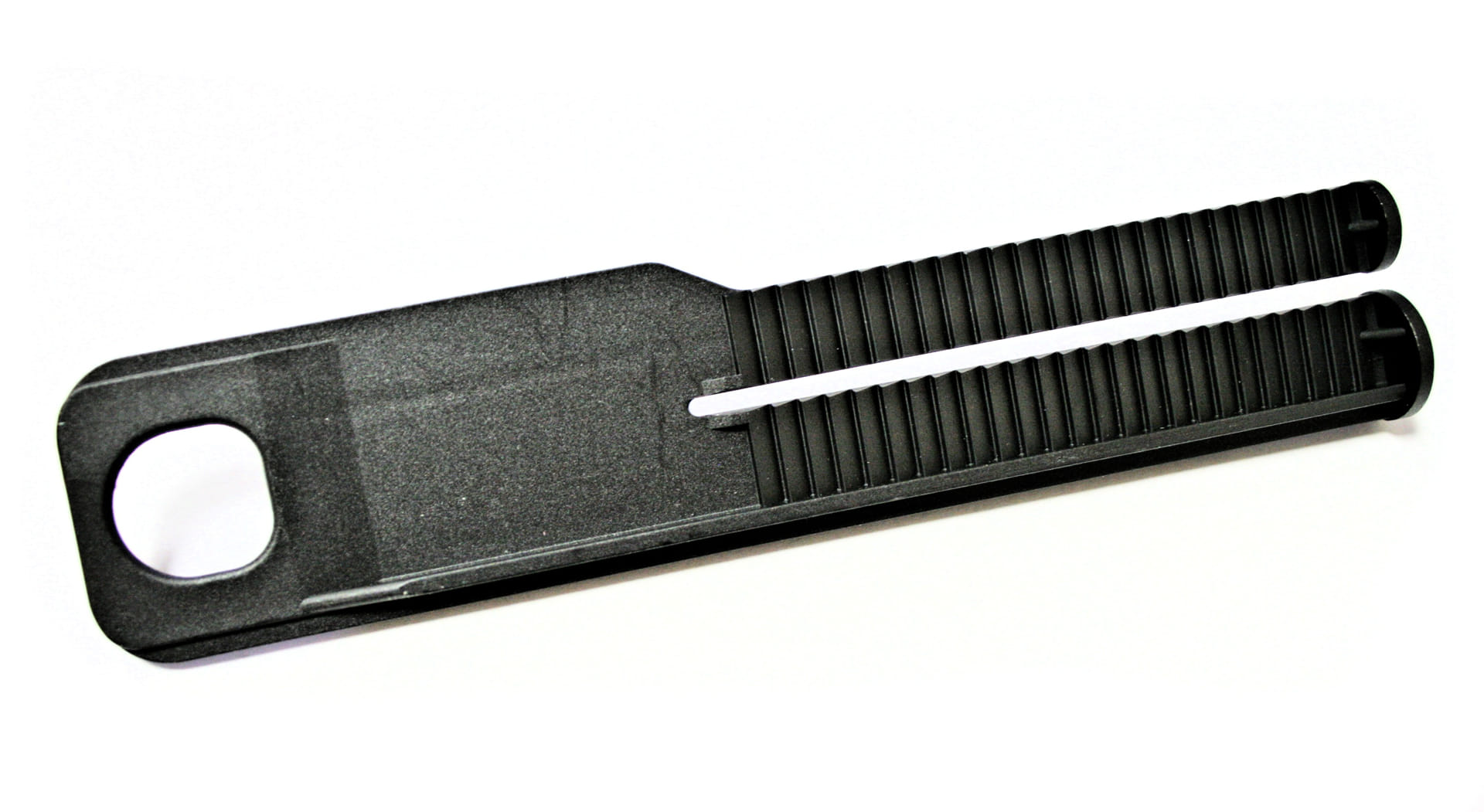

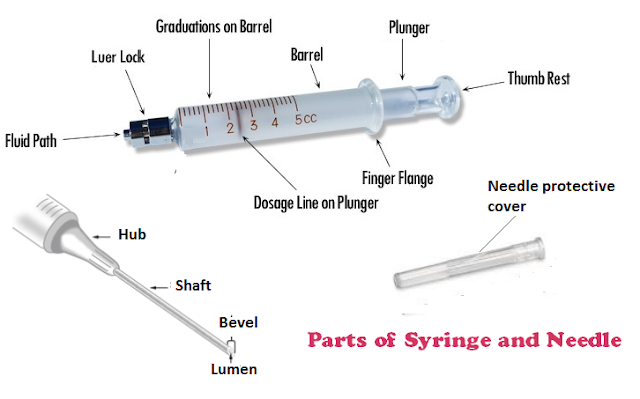
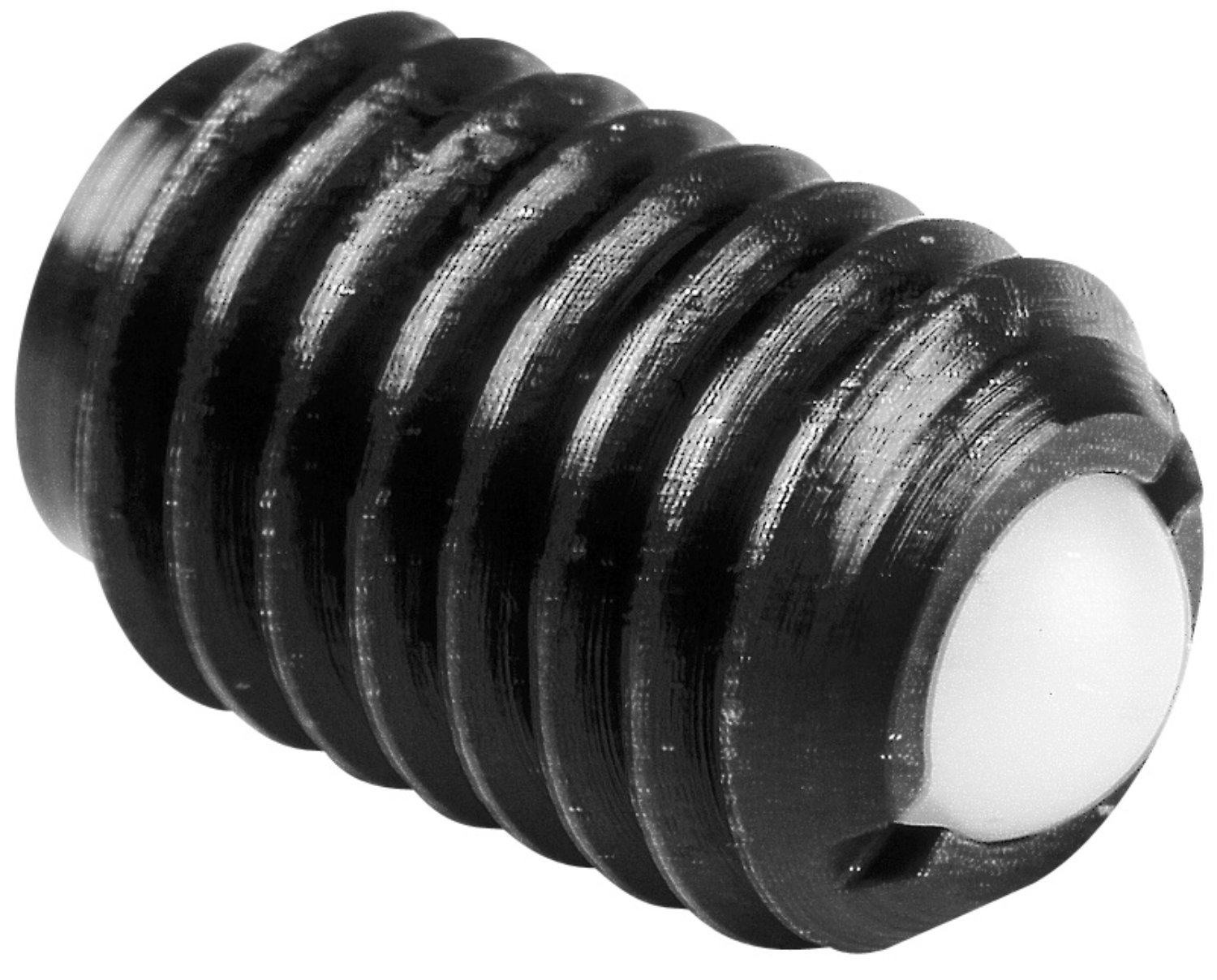
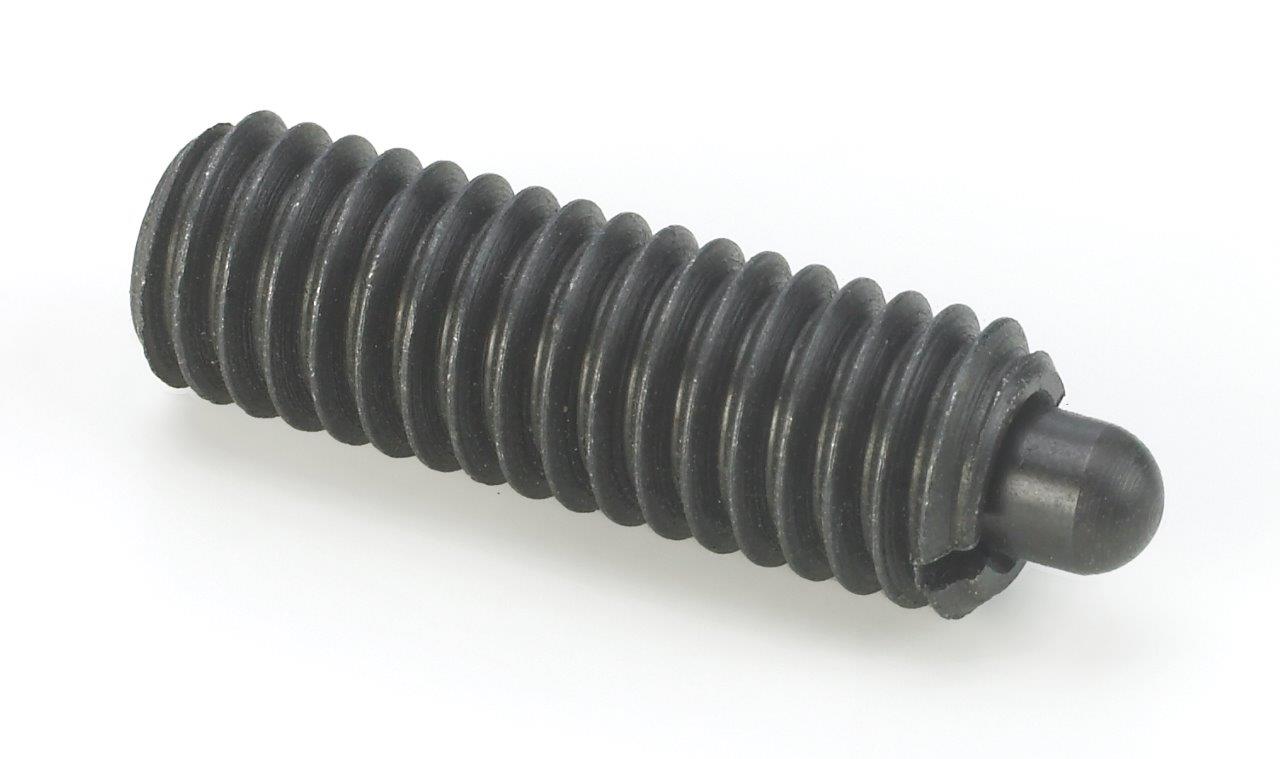

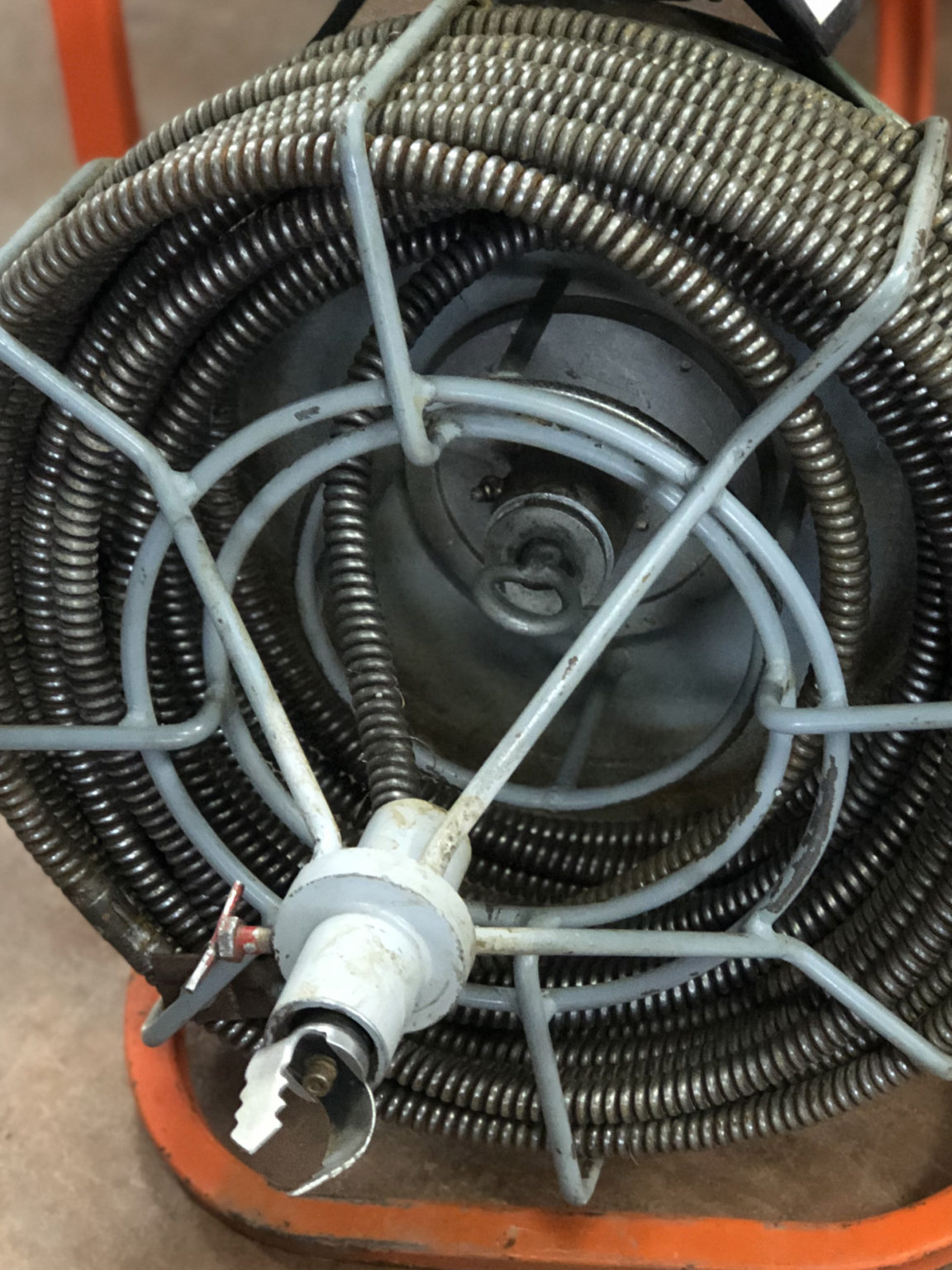
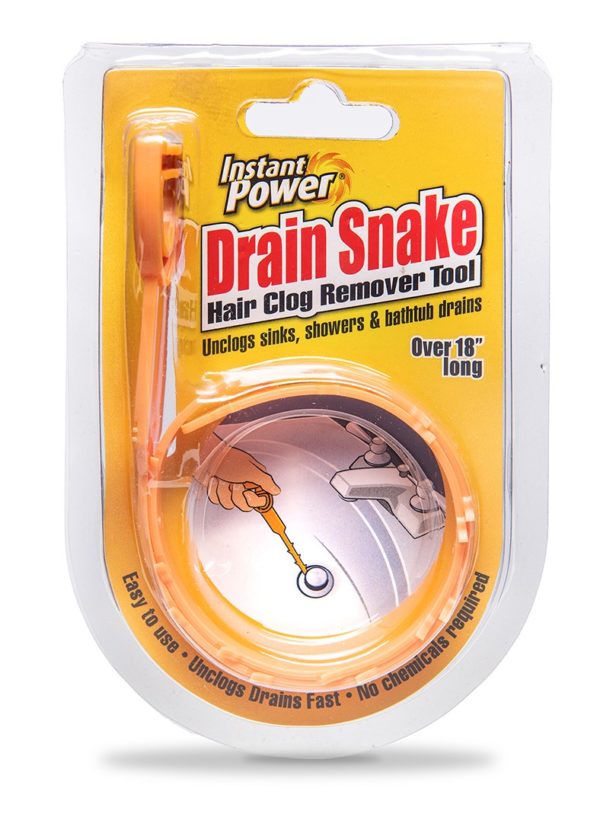

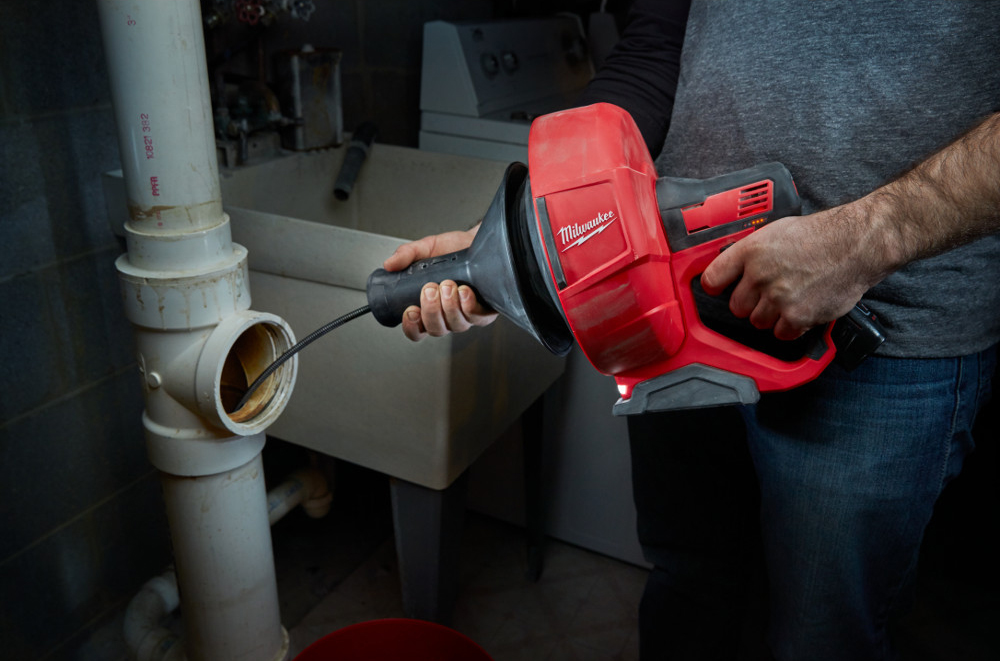
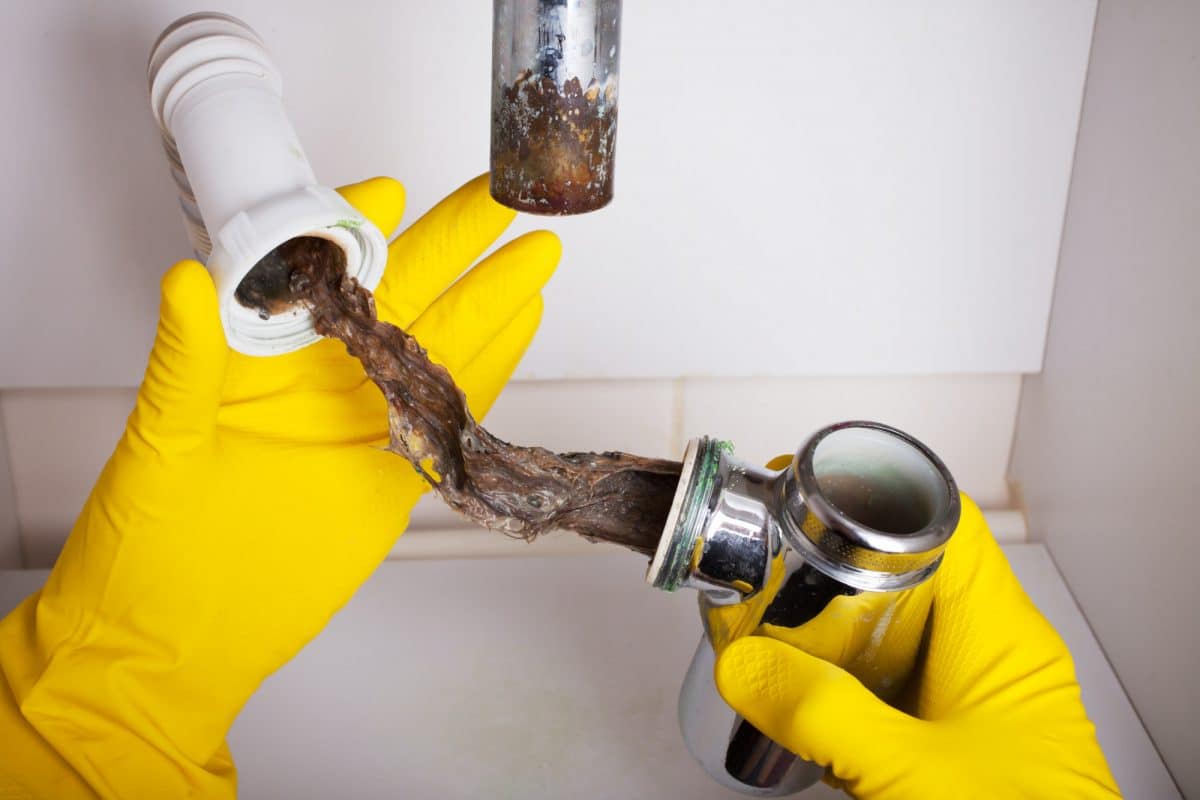
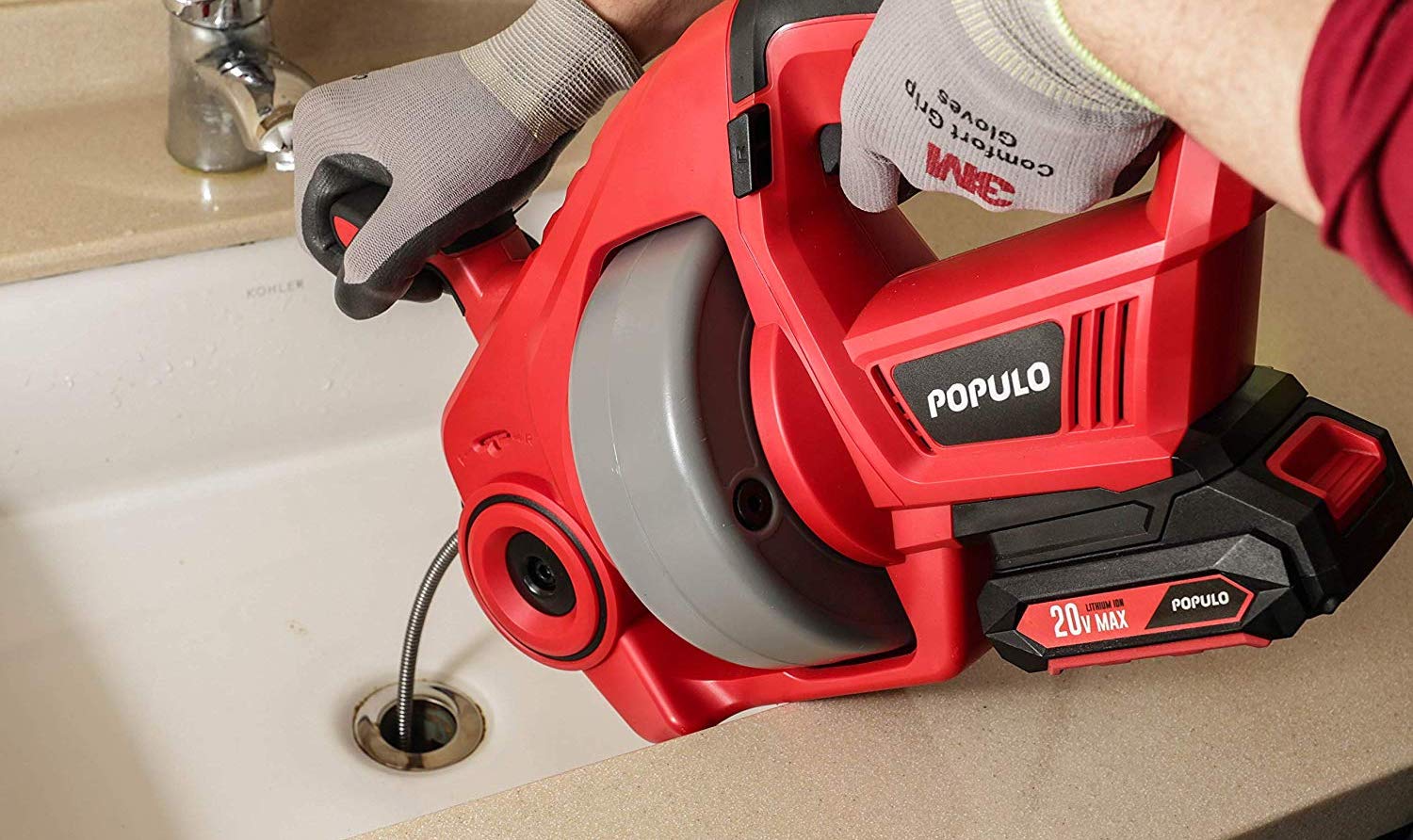
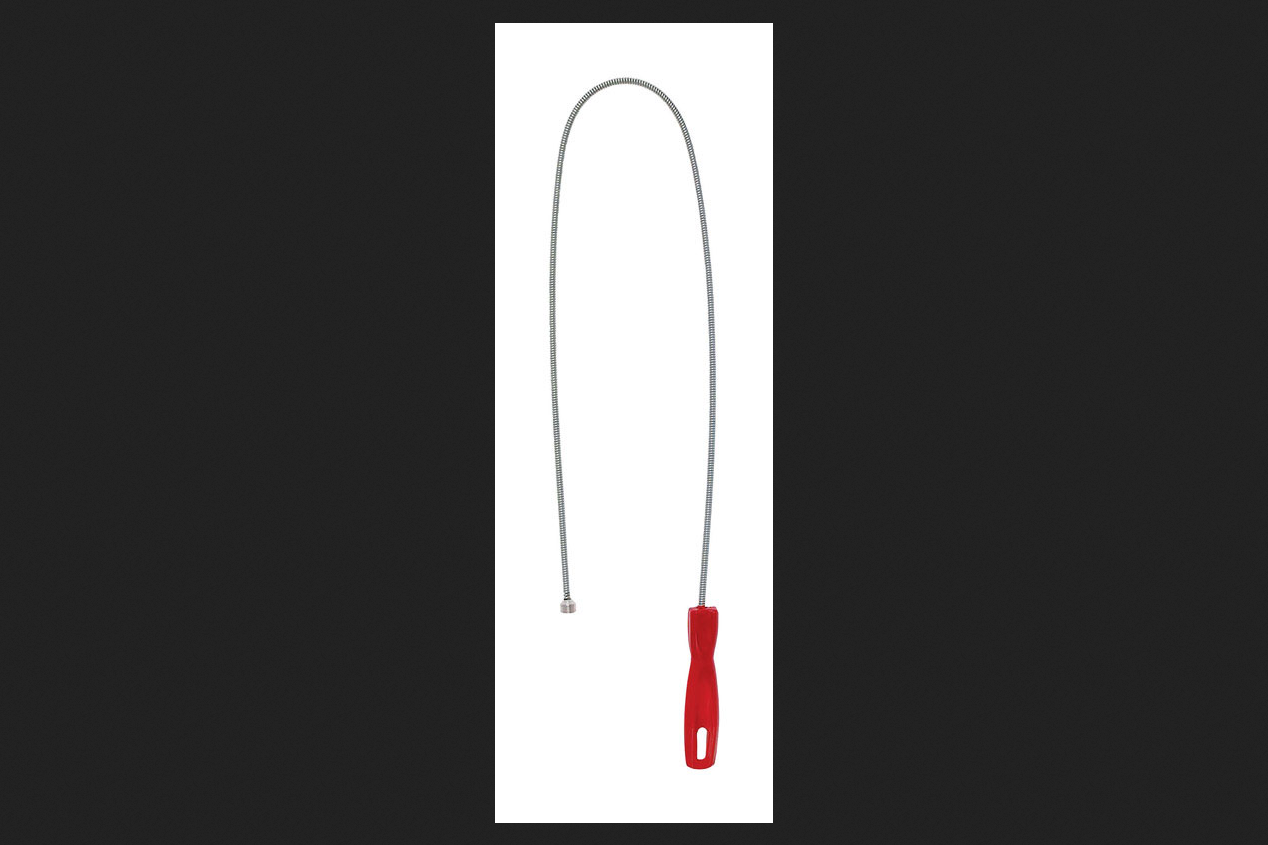

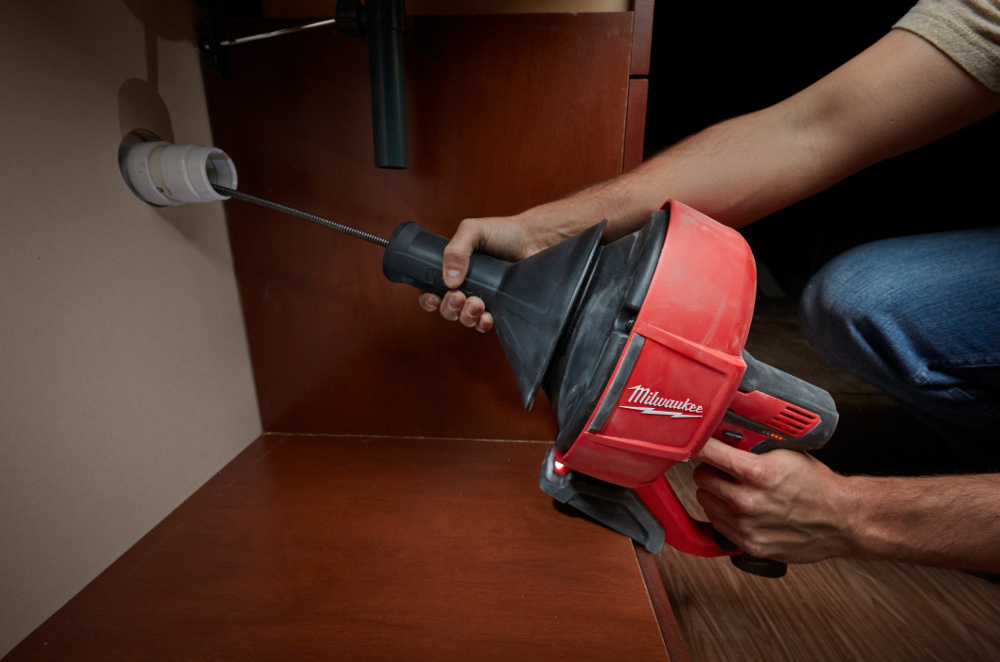






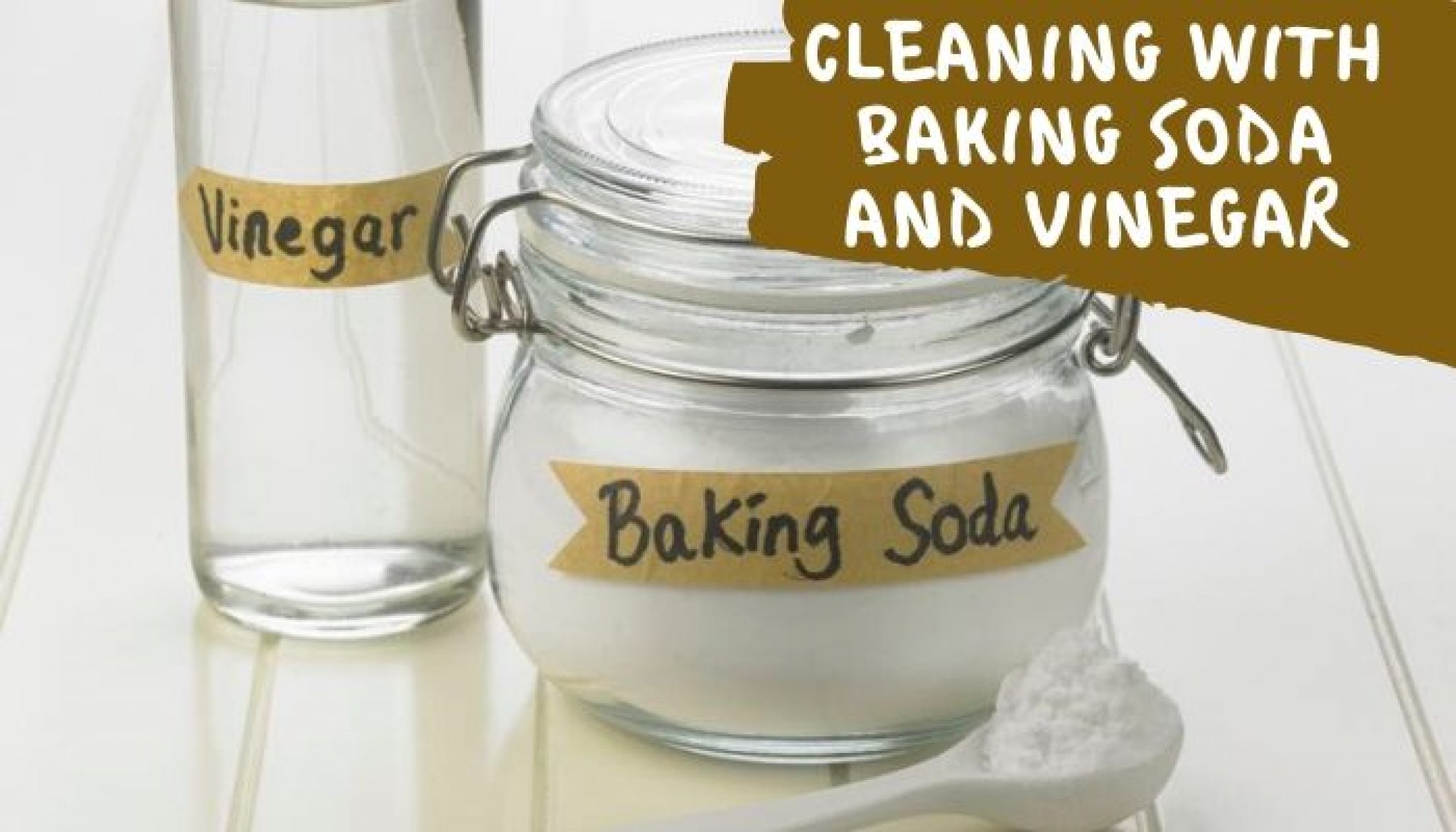


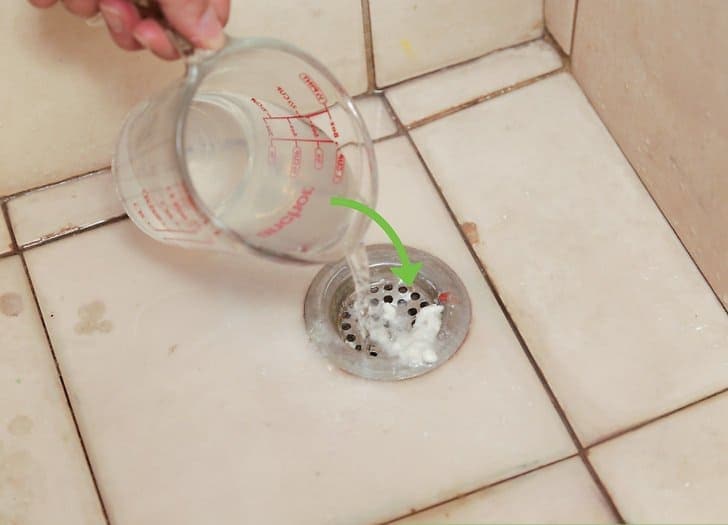




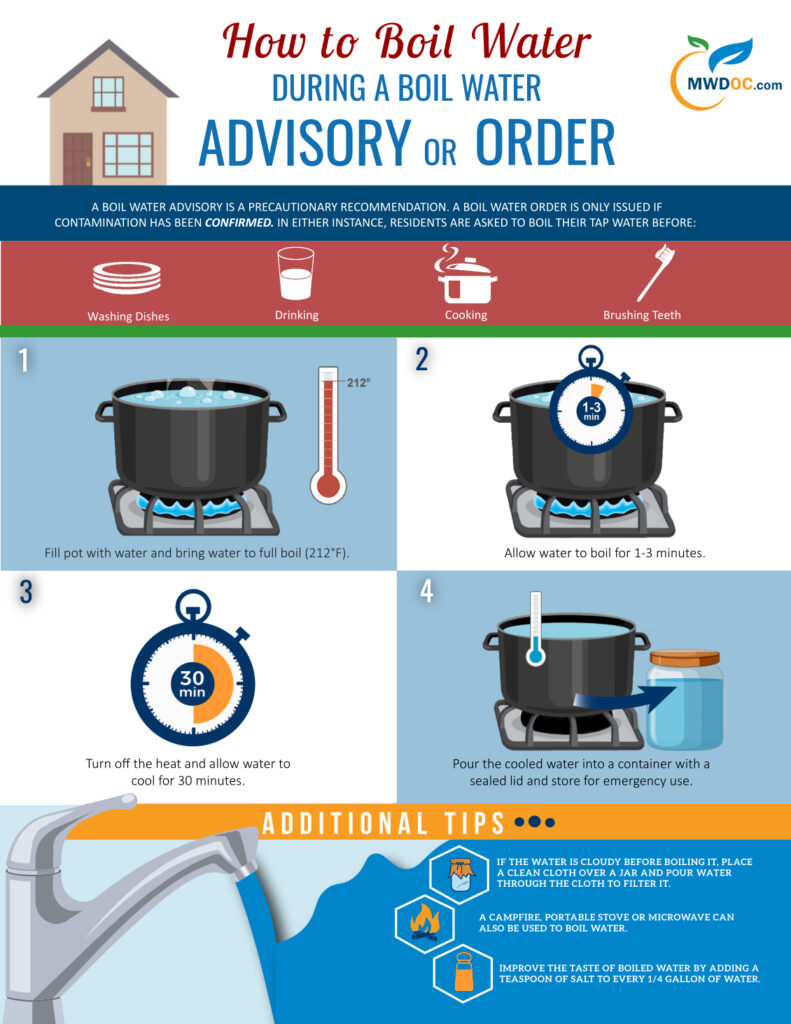

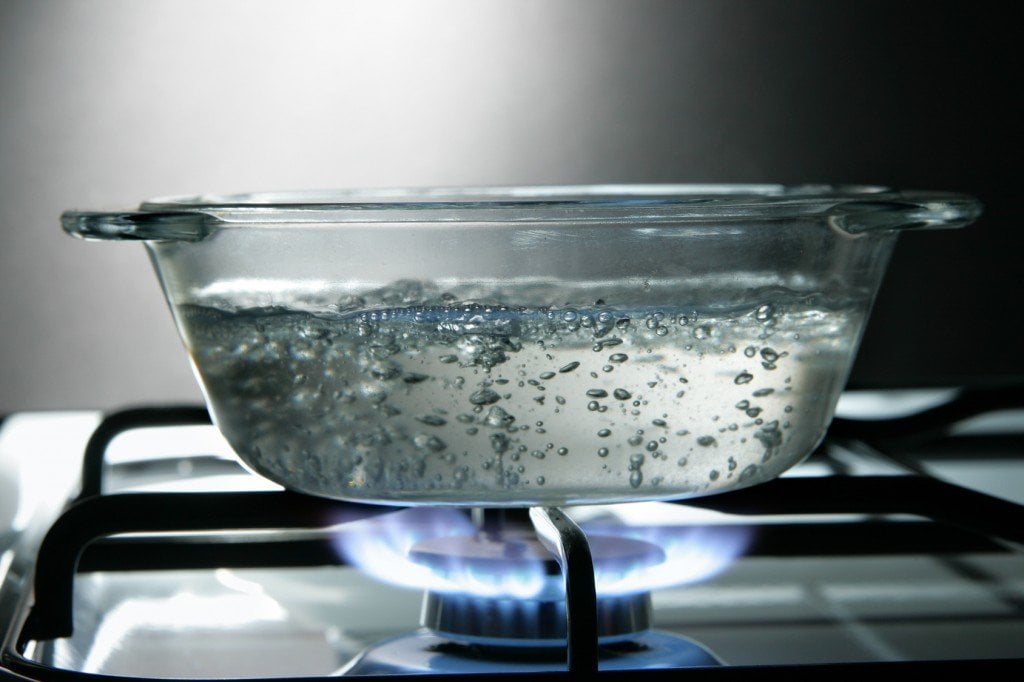
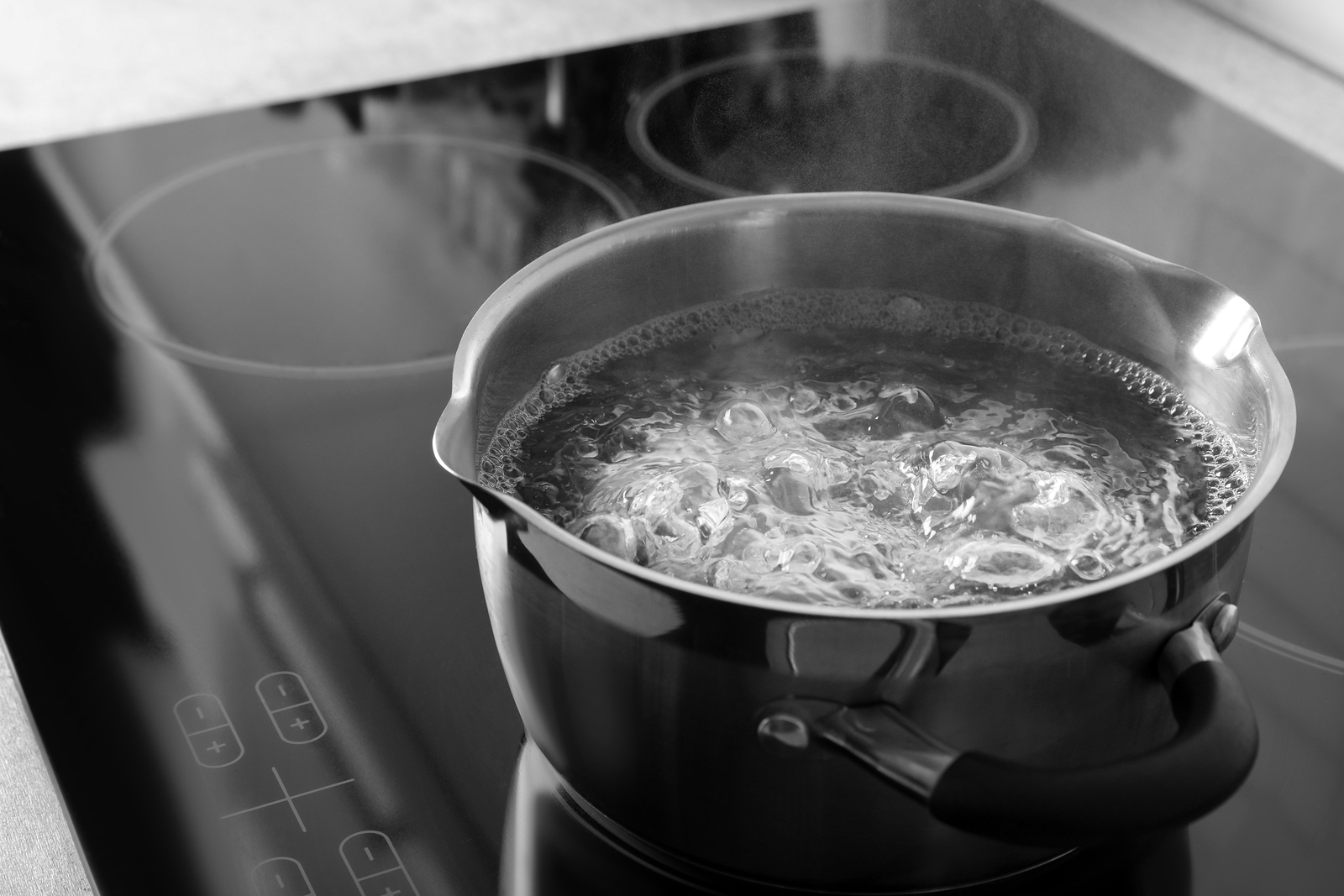
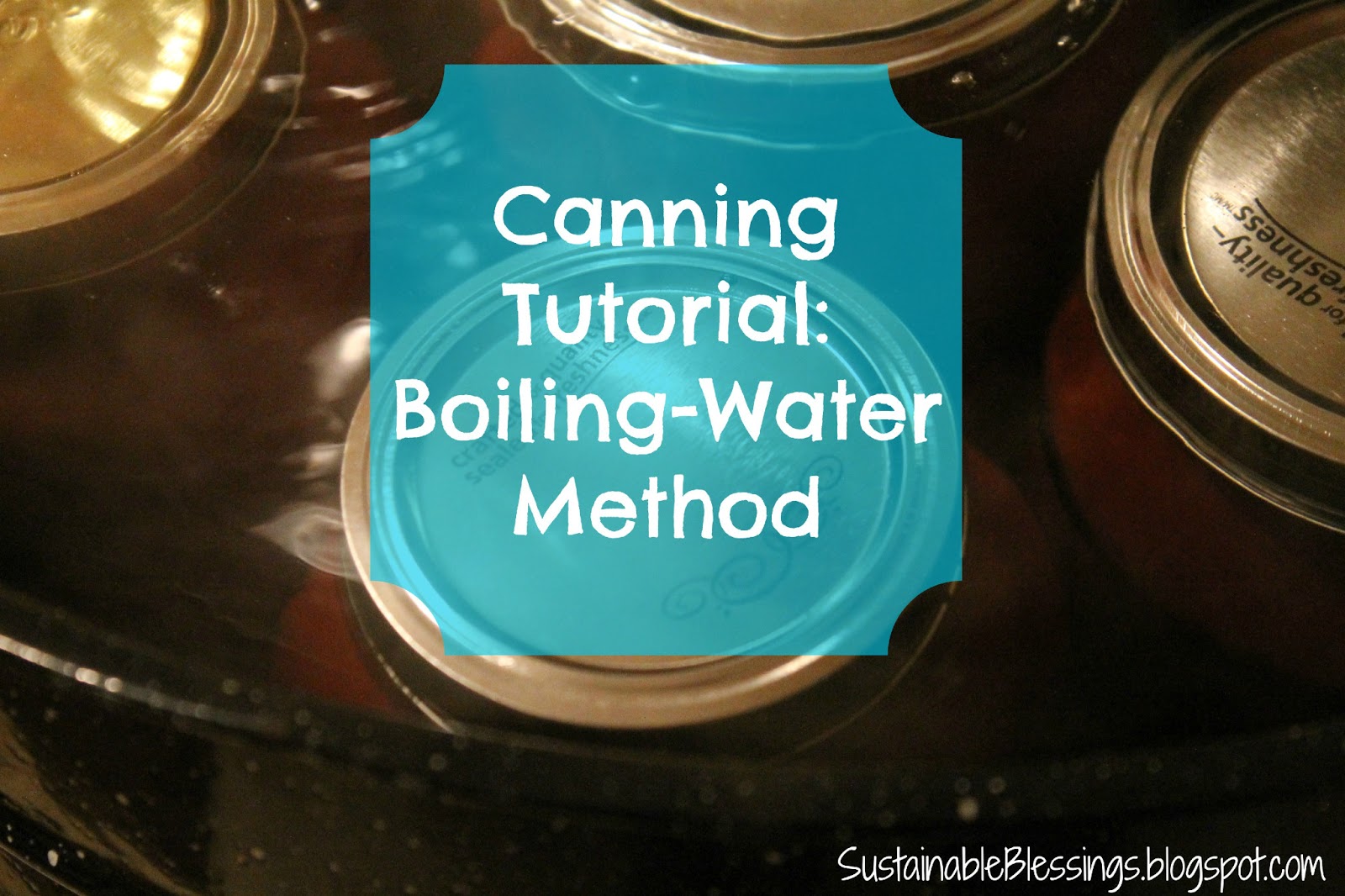
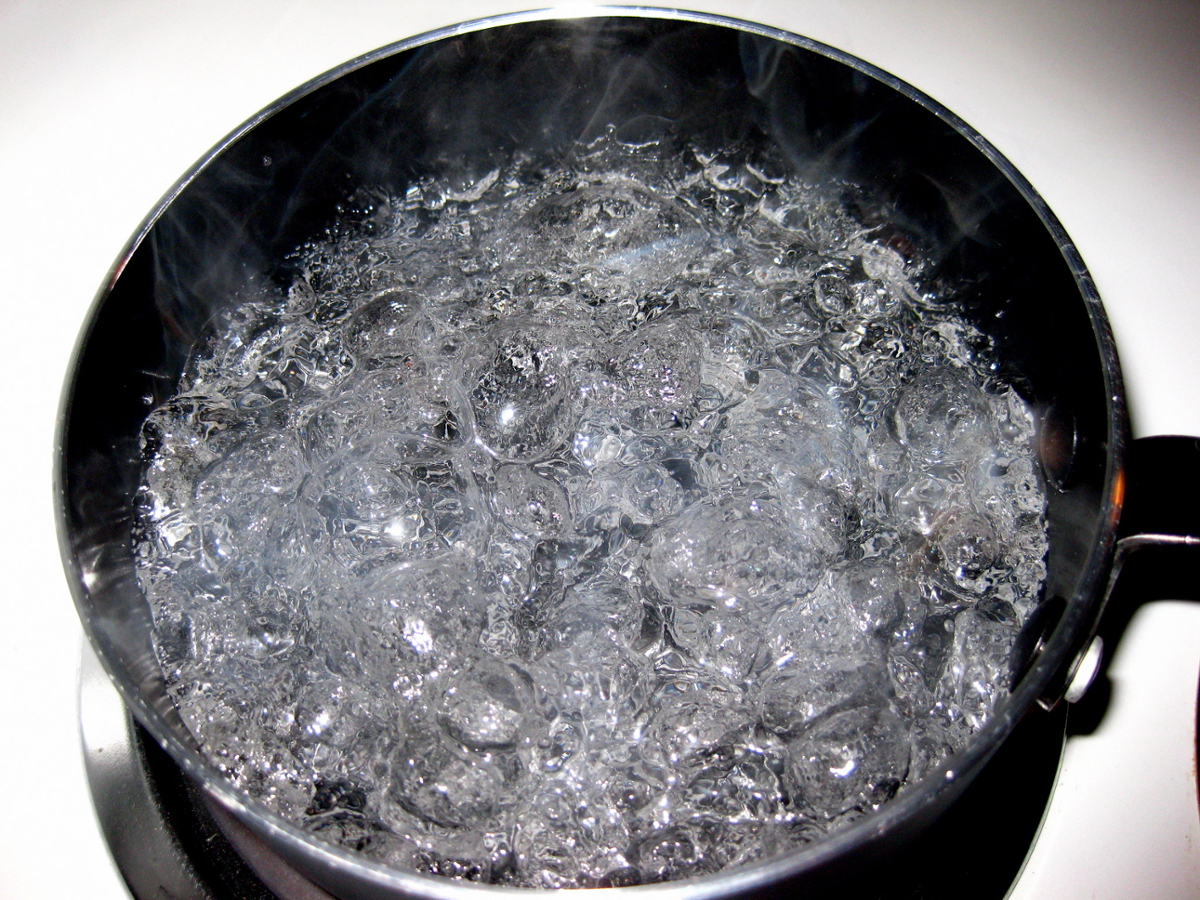
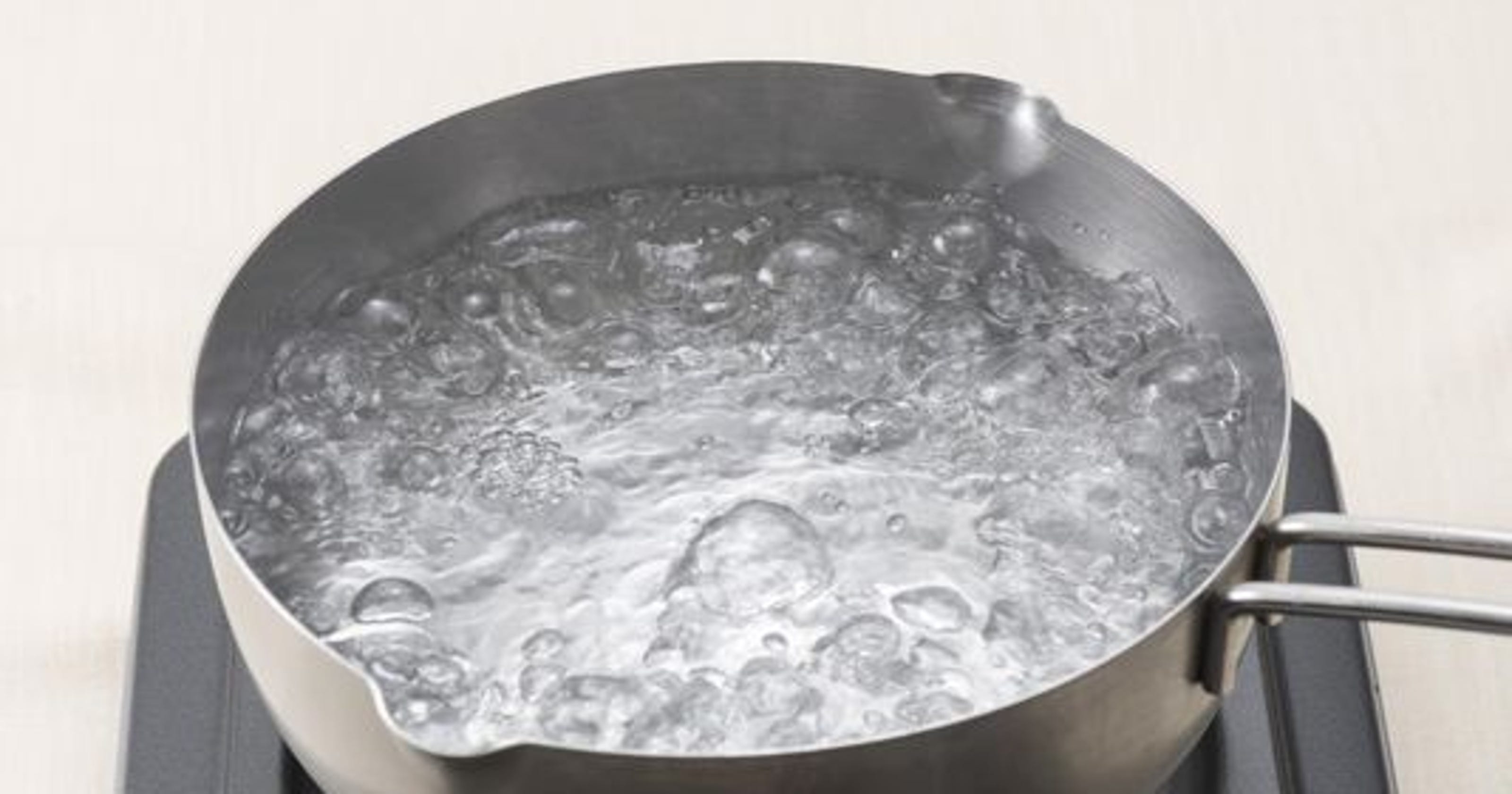




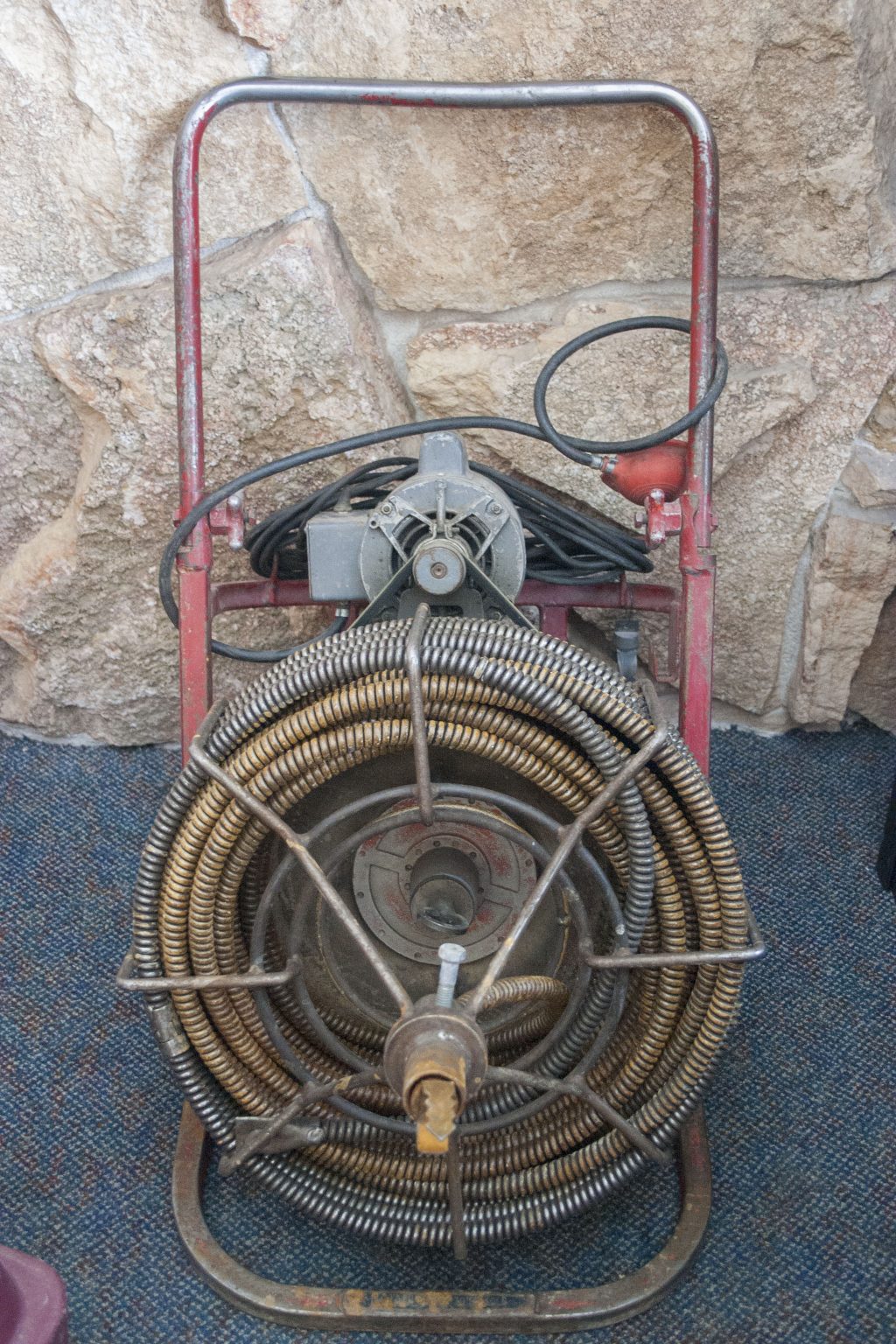


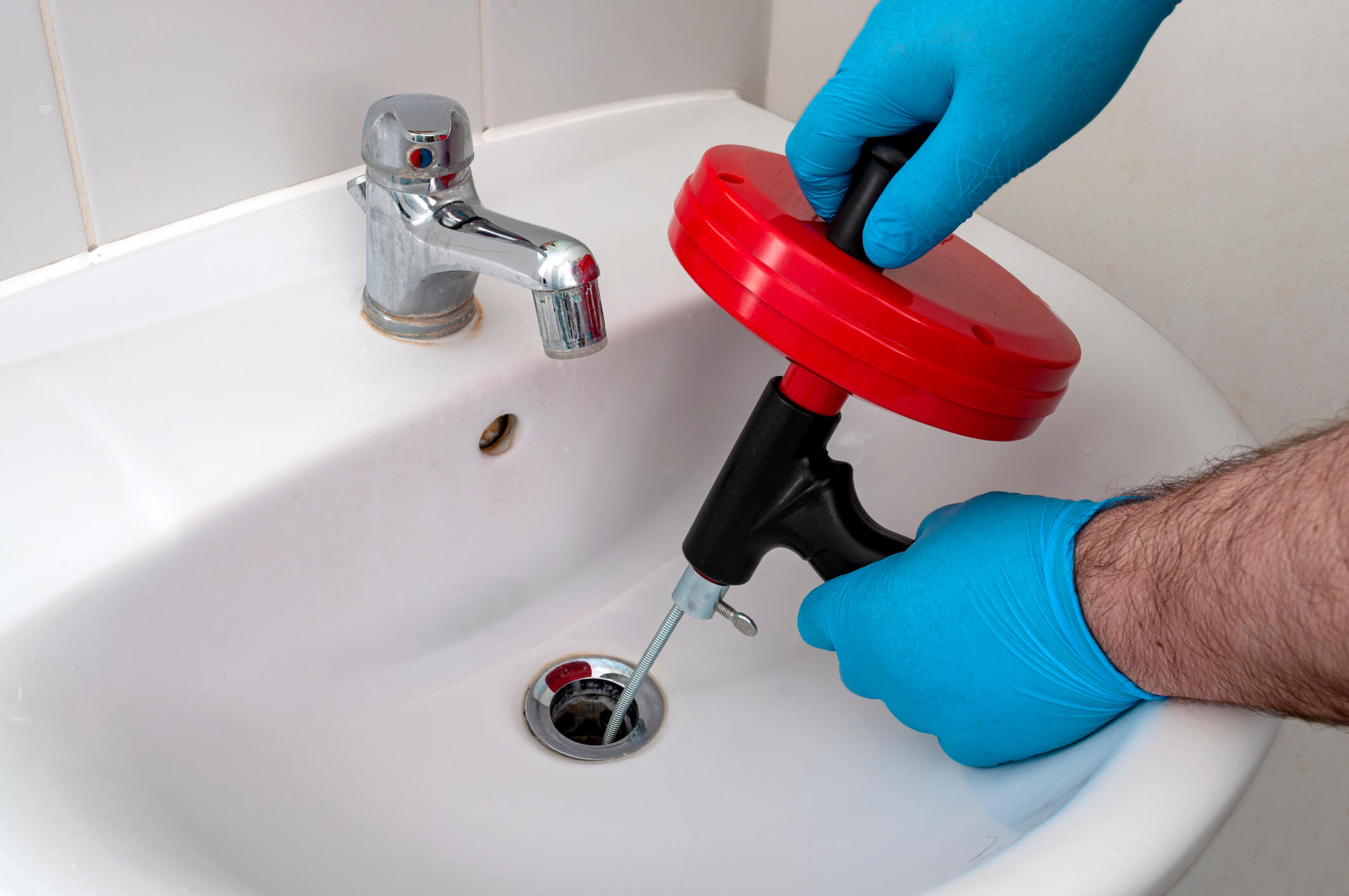


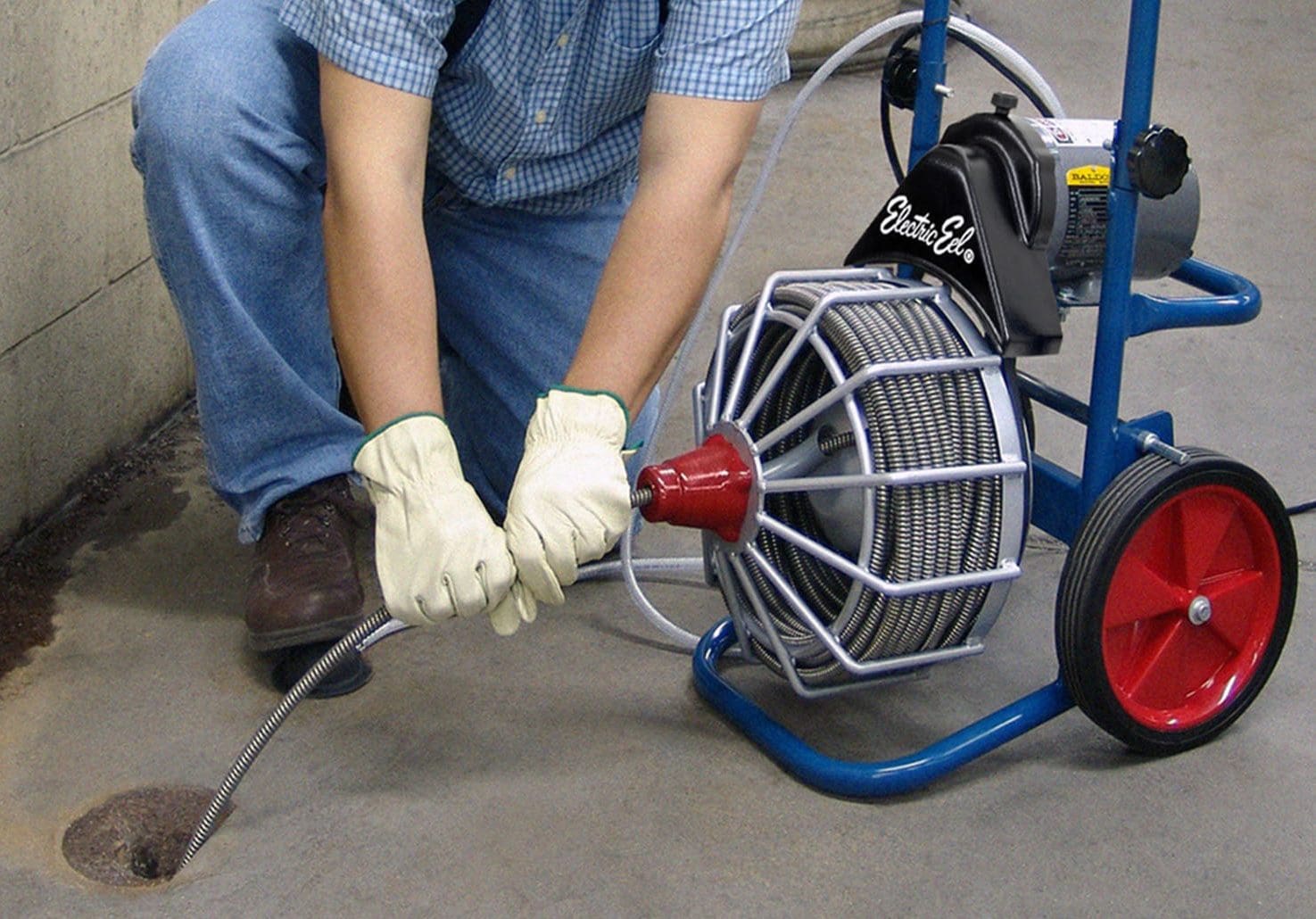
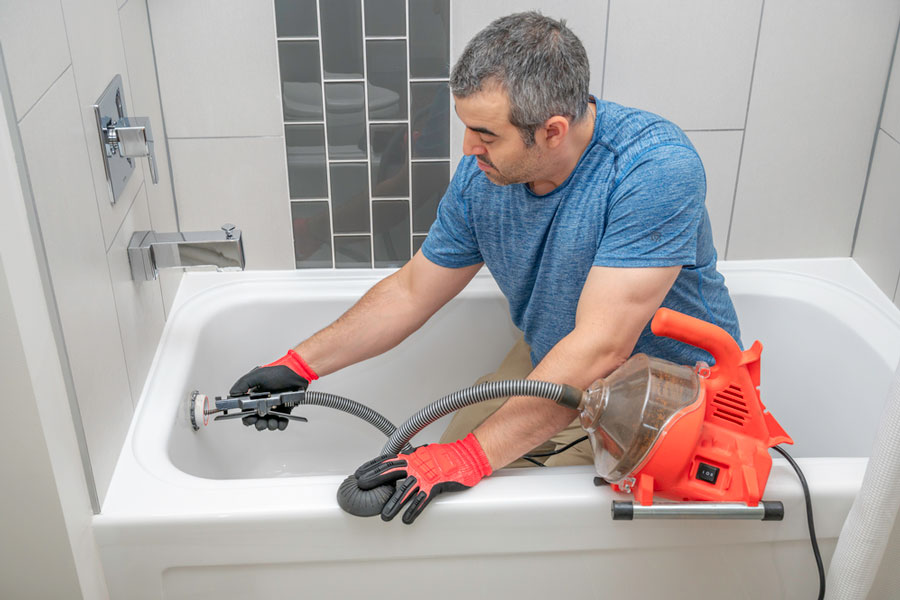


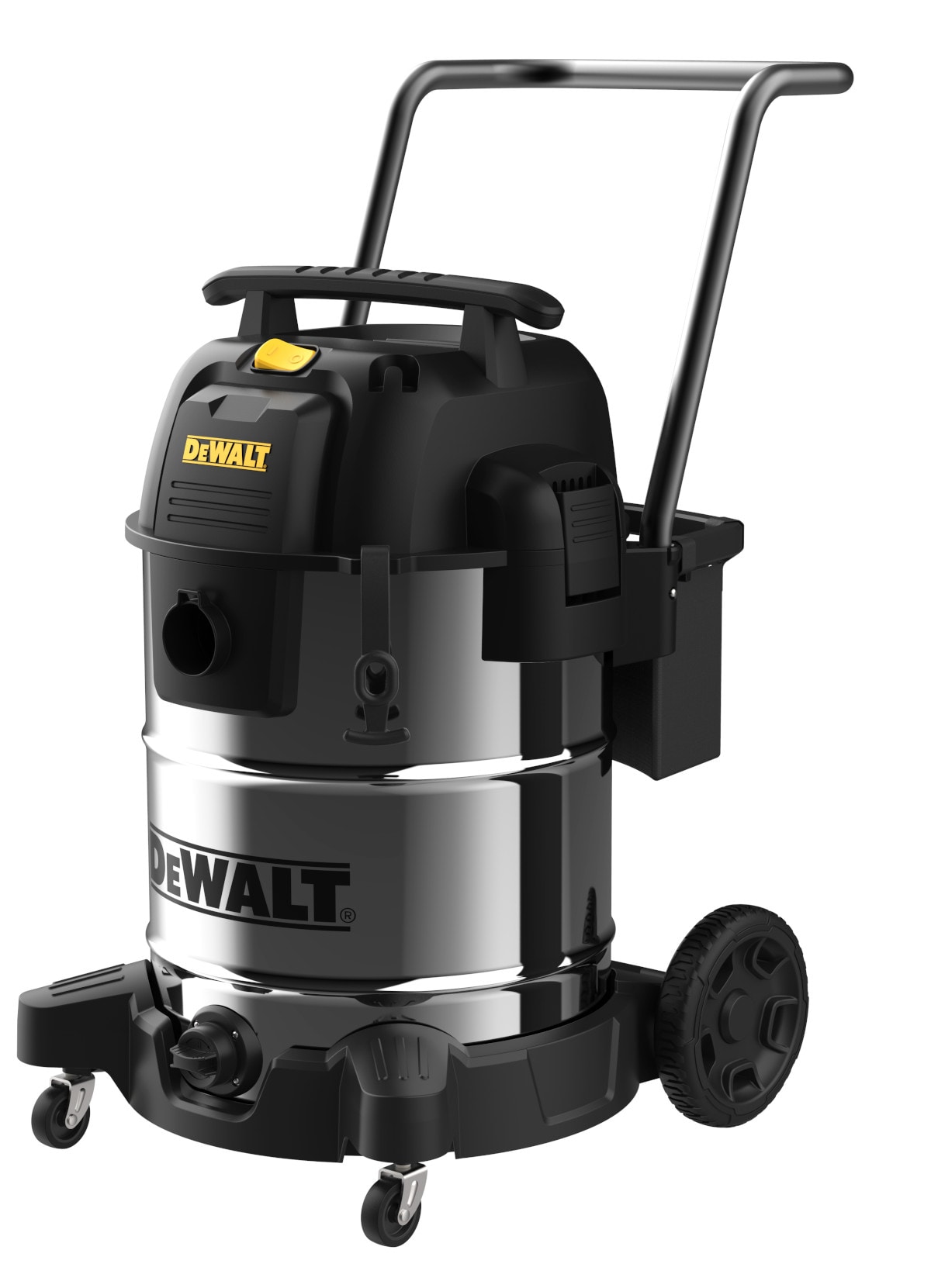
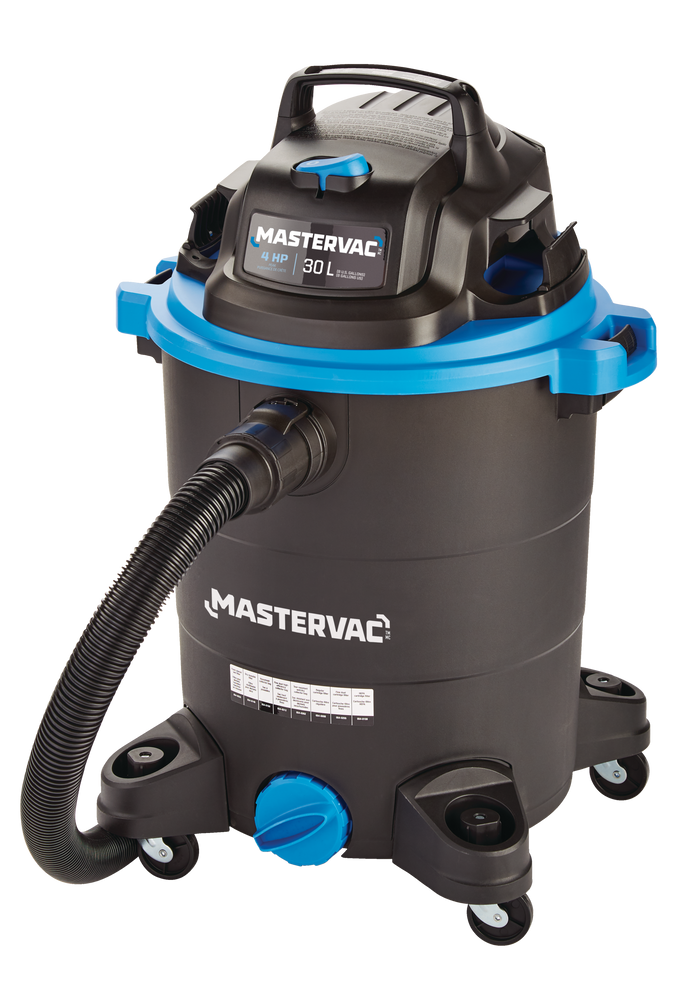
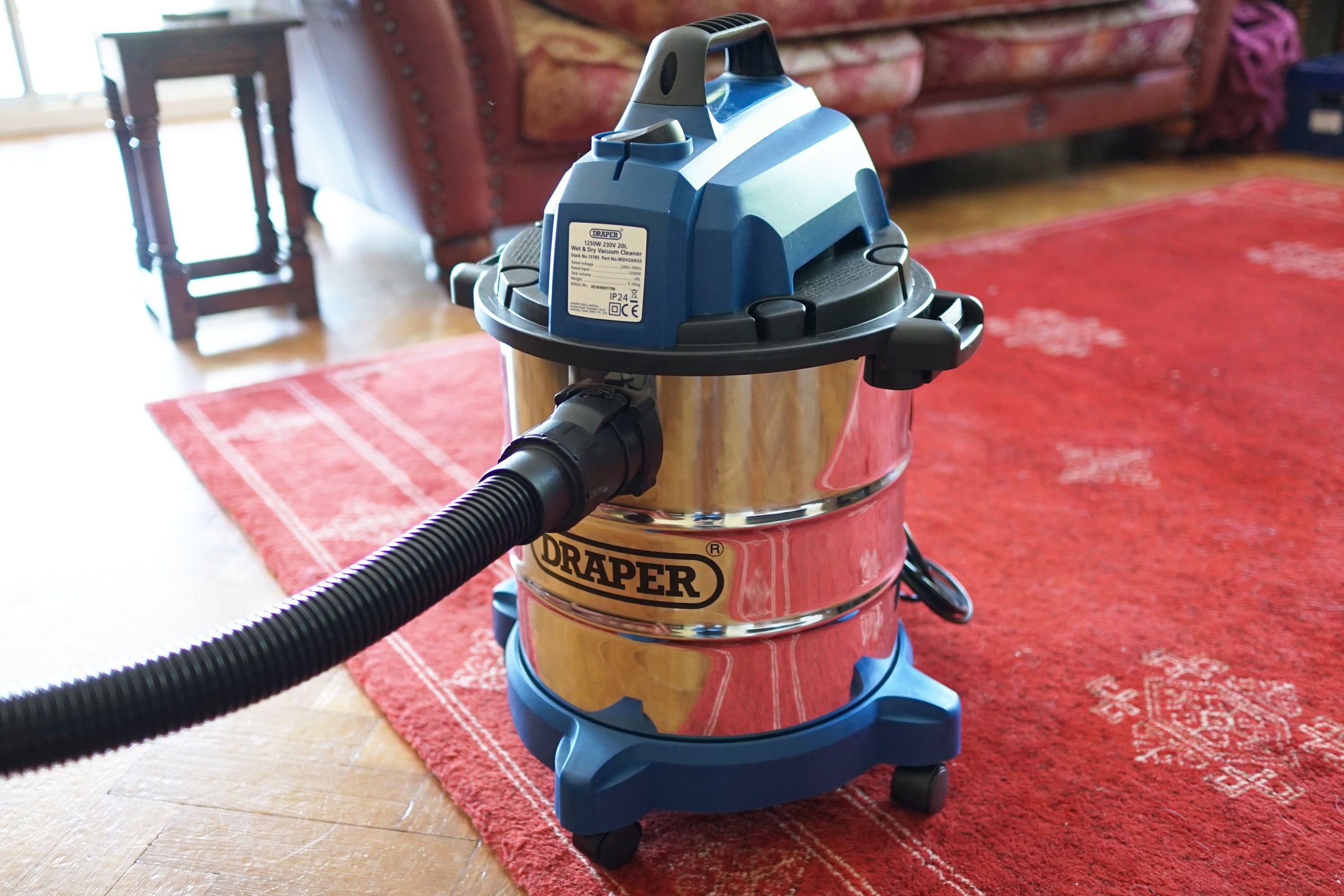


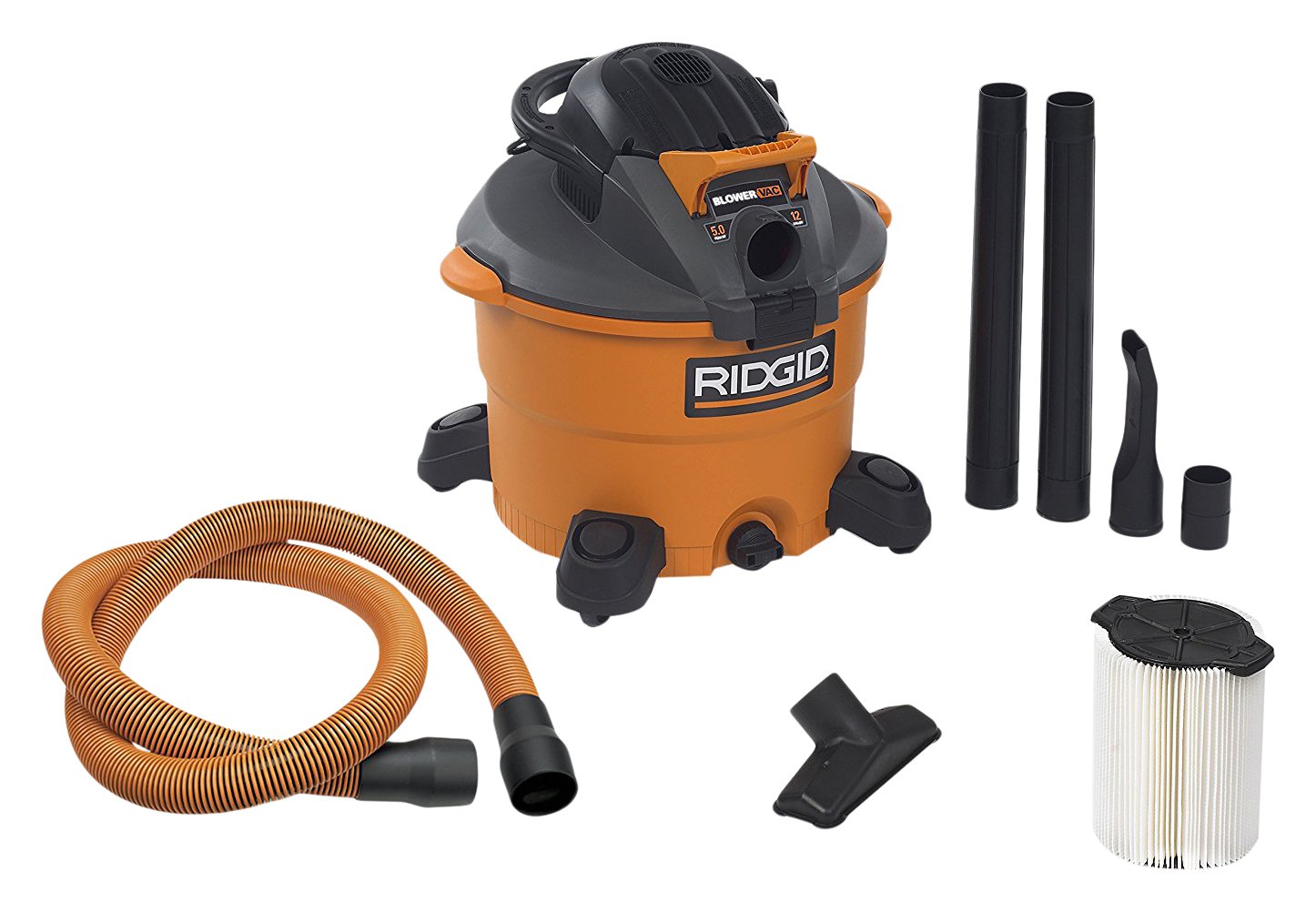

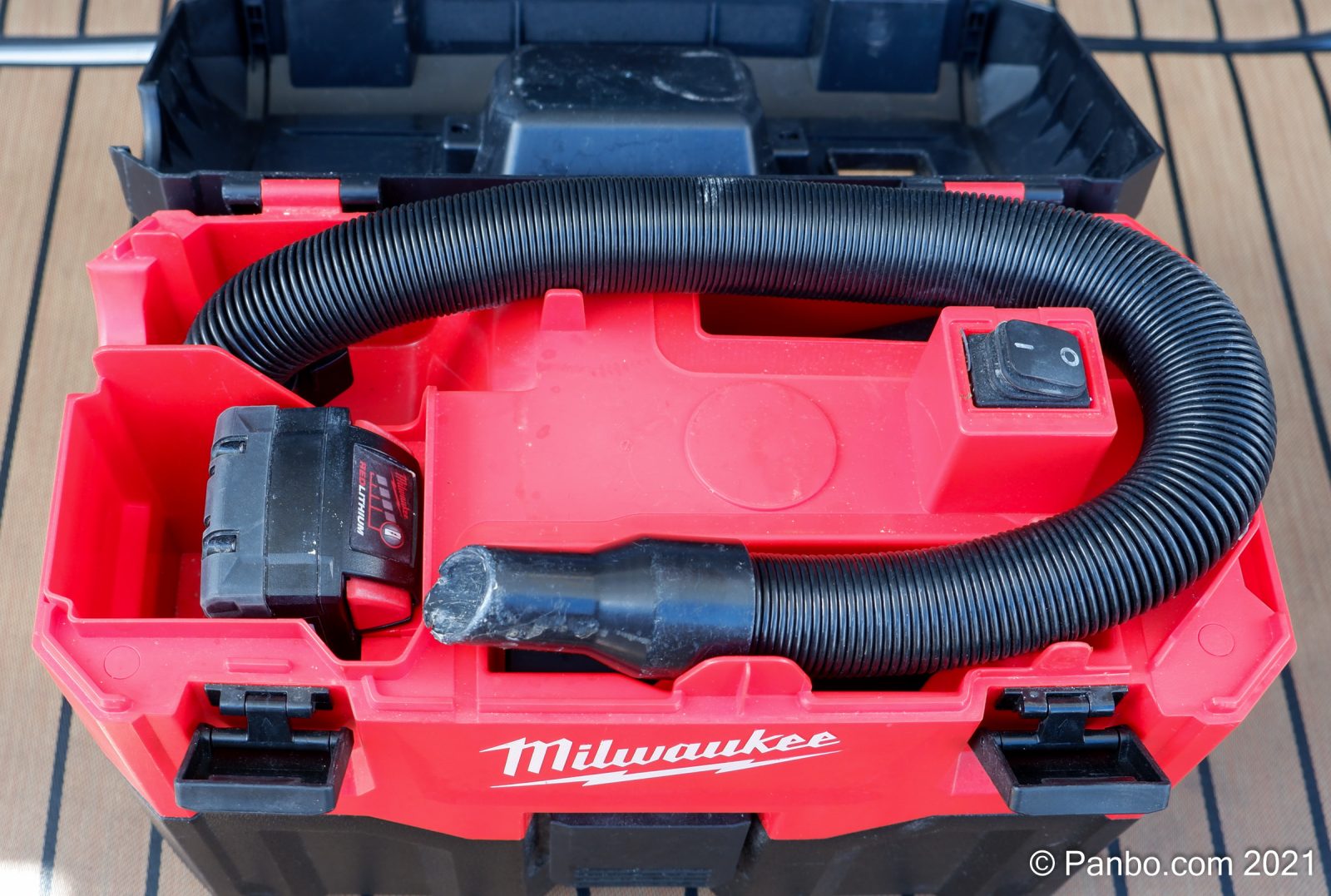



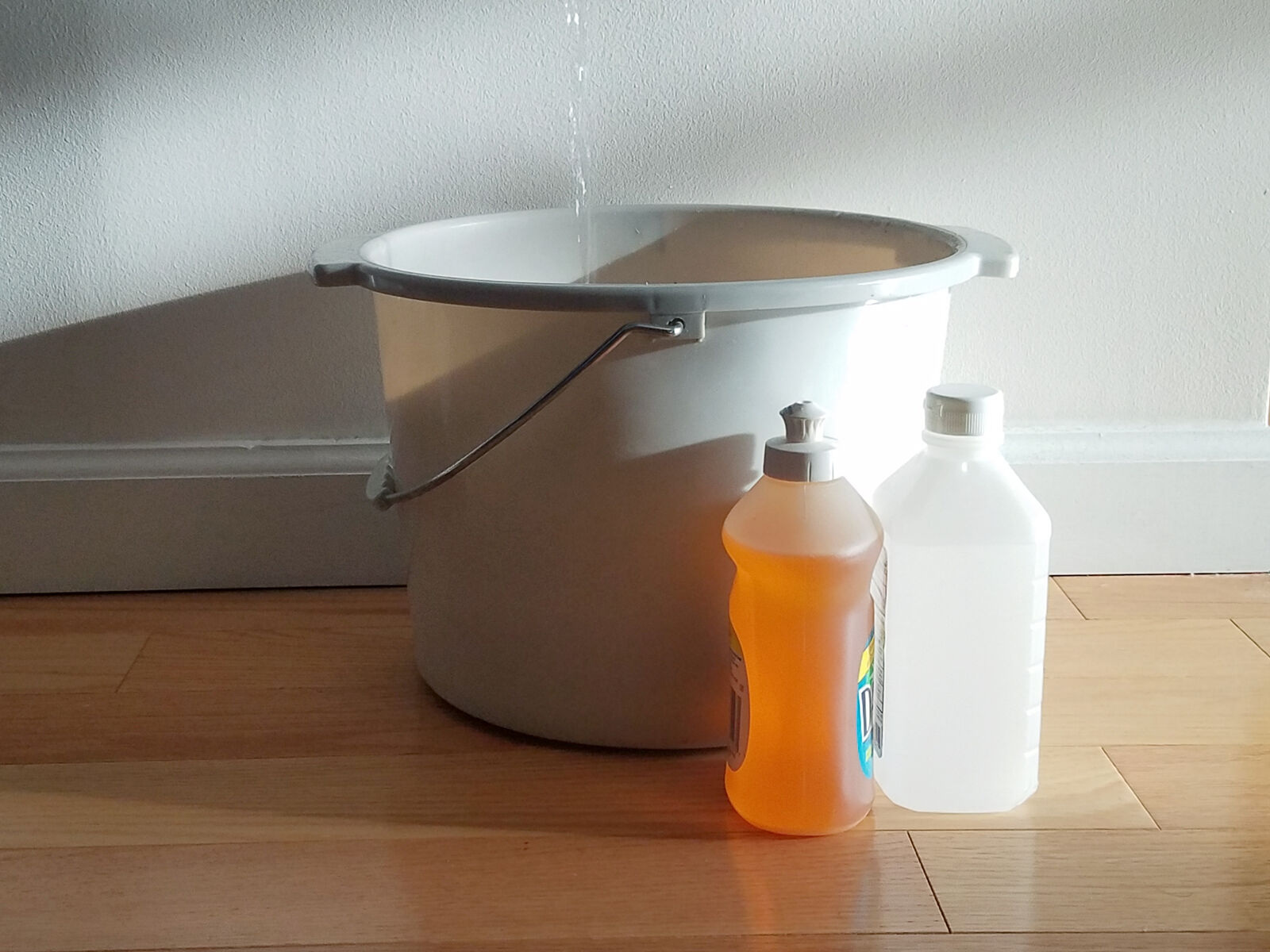


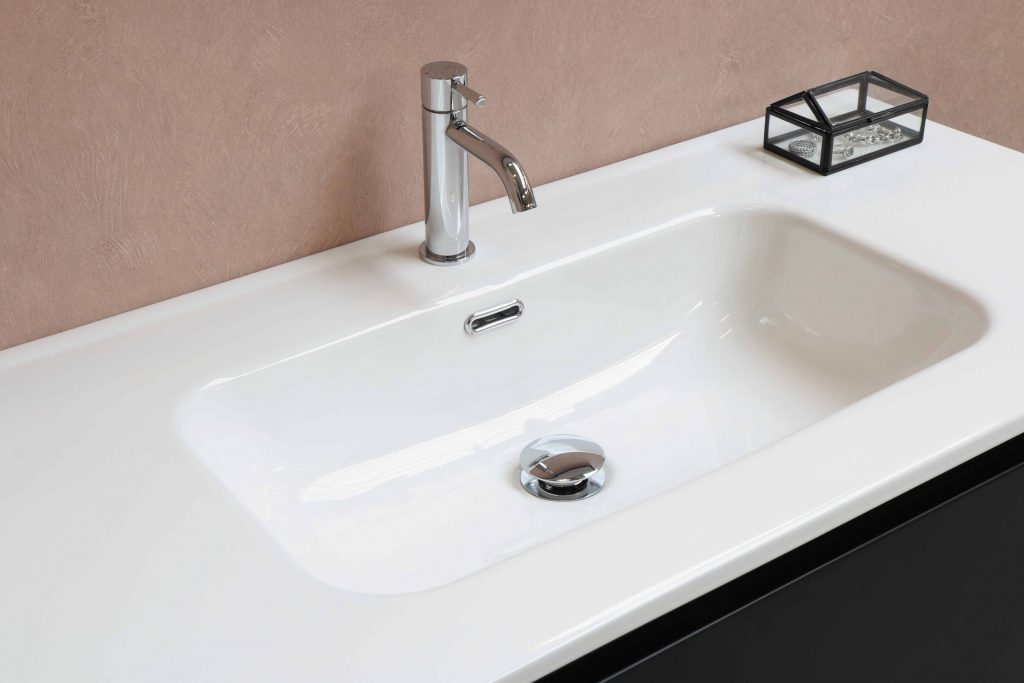
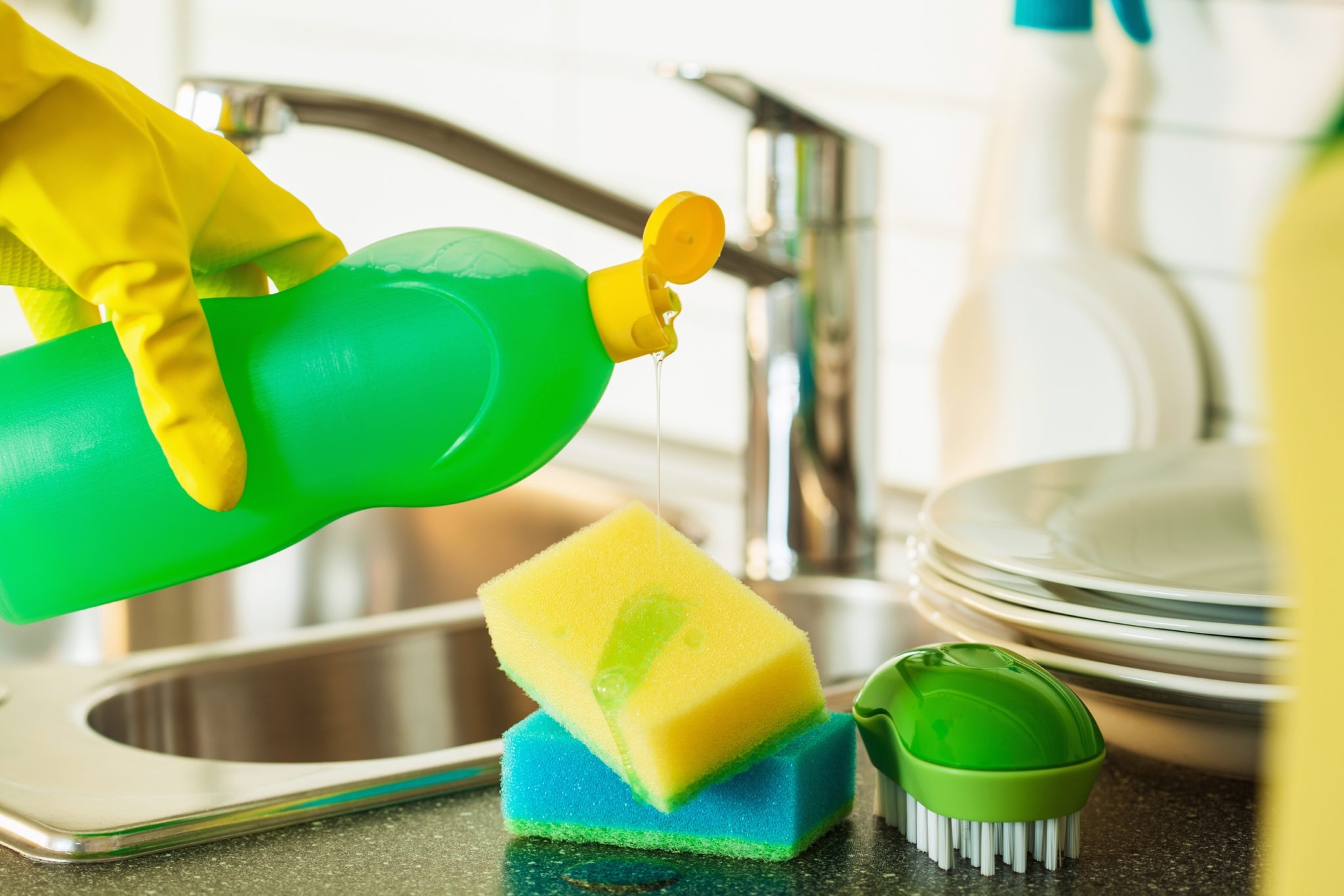




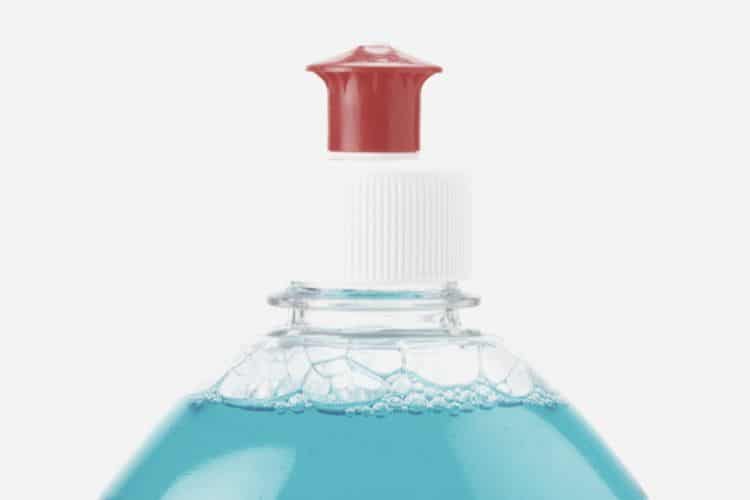
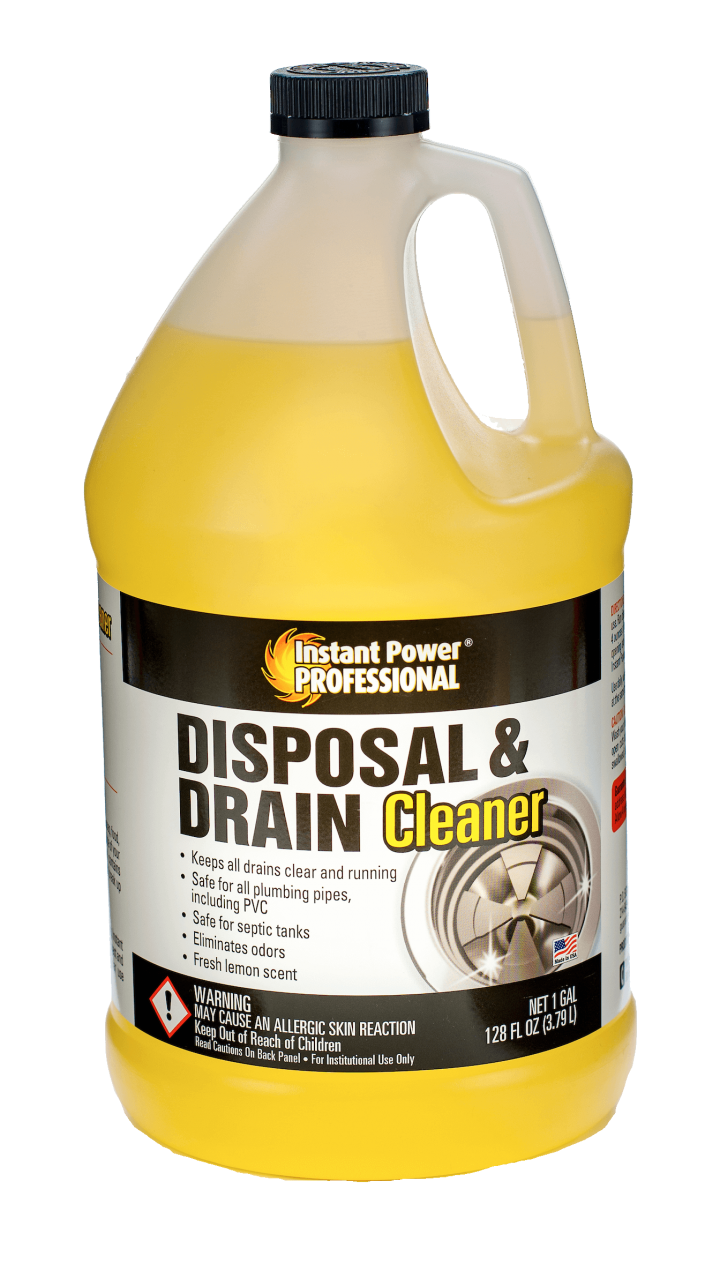
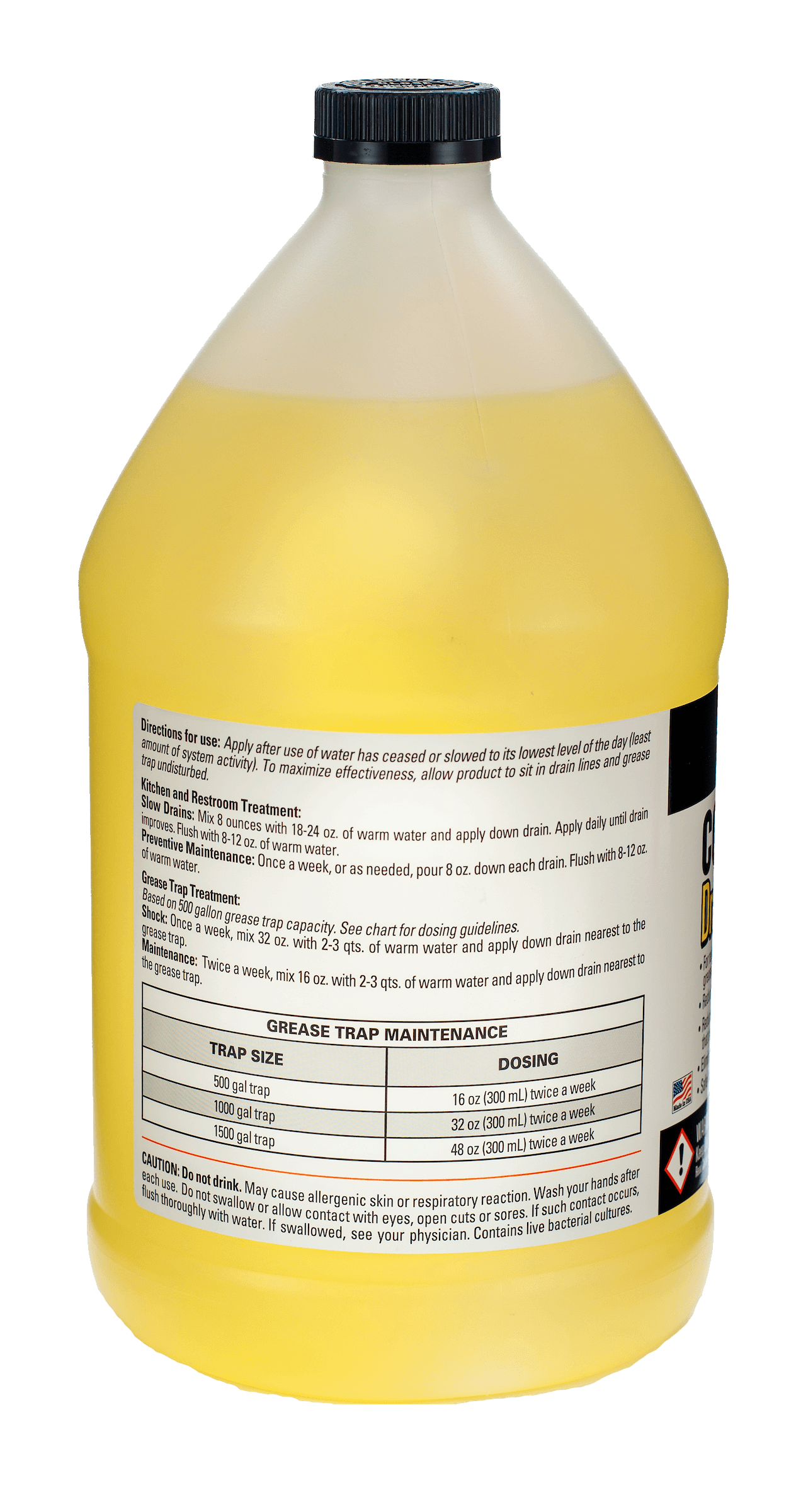


/GreenGobblerRefresh32oz-5bc63b0d4cedfd00266e4611.jpg)








